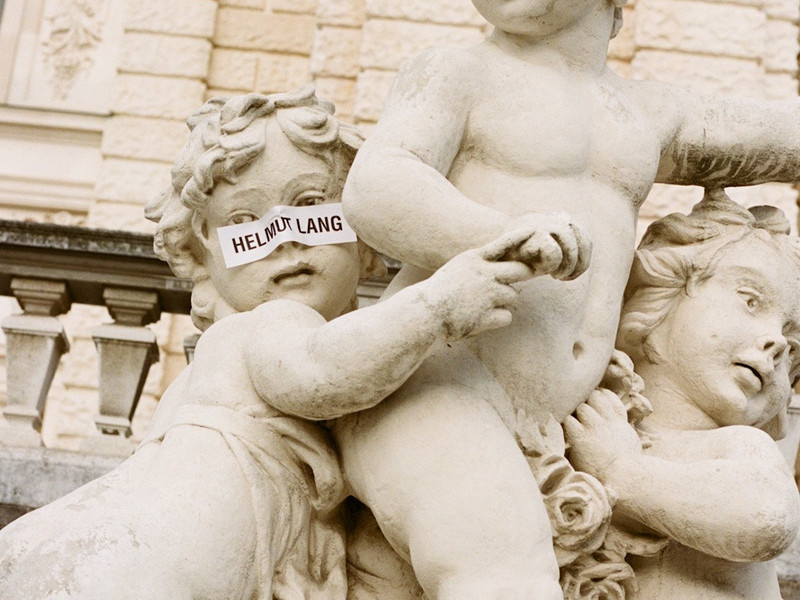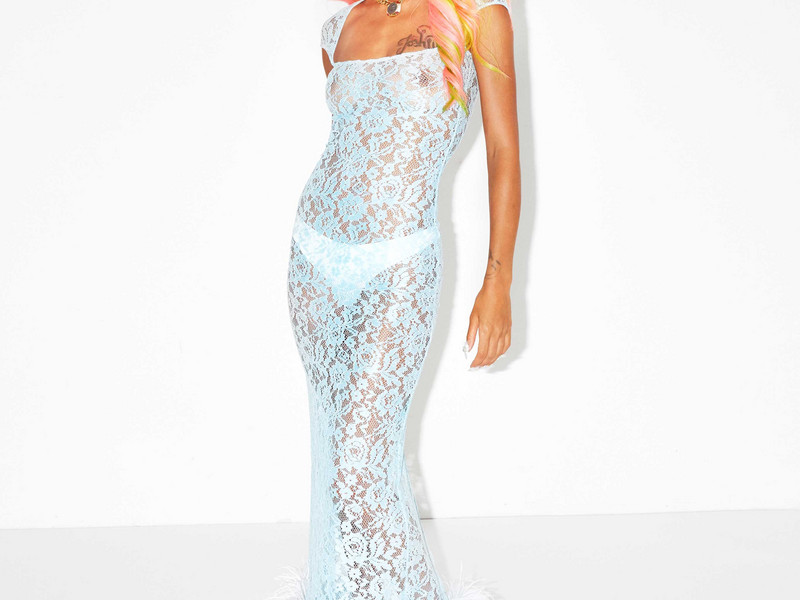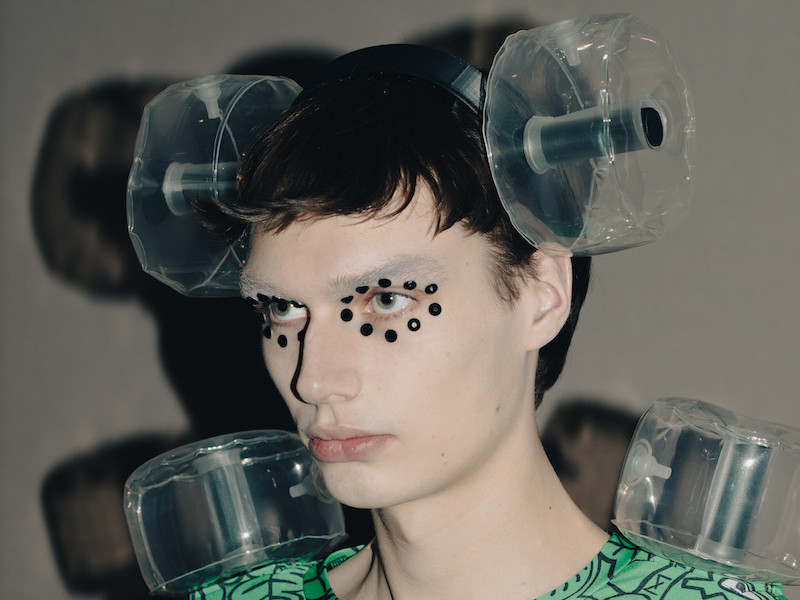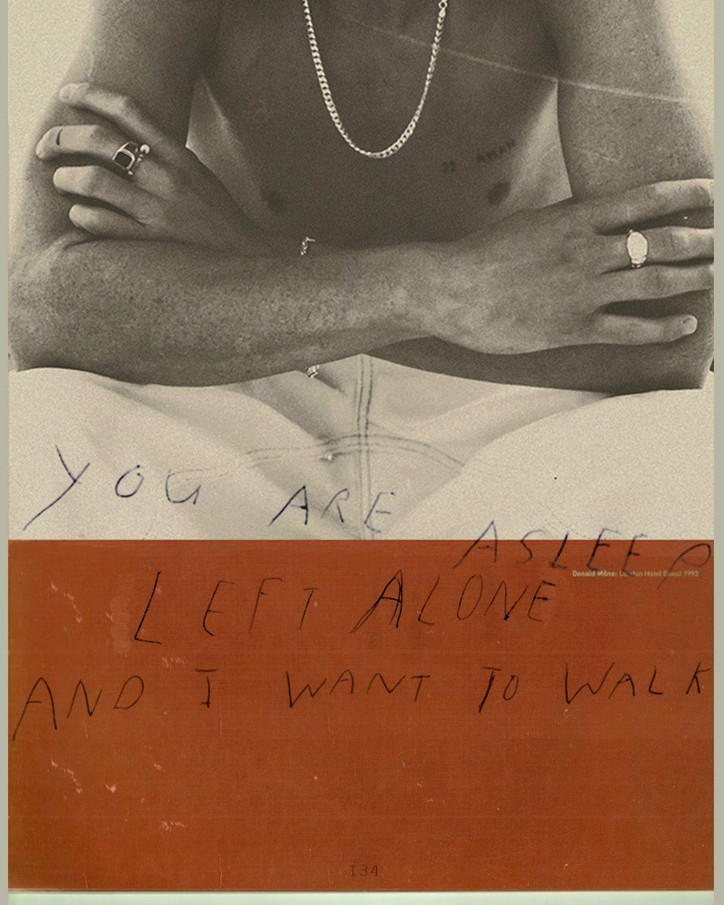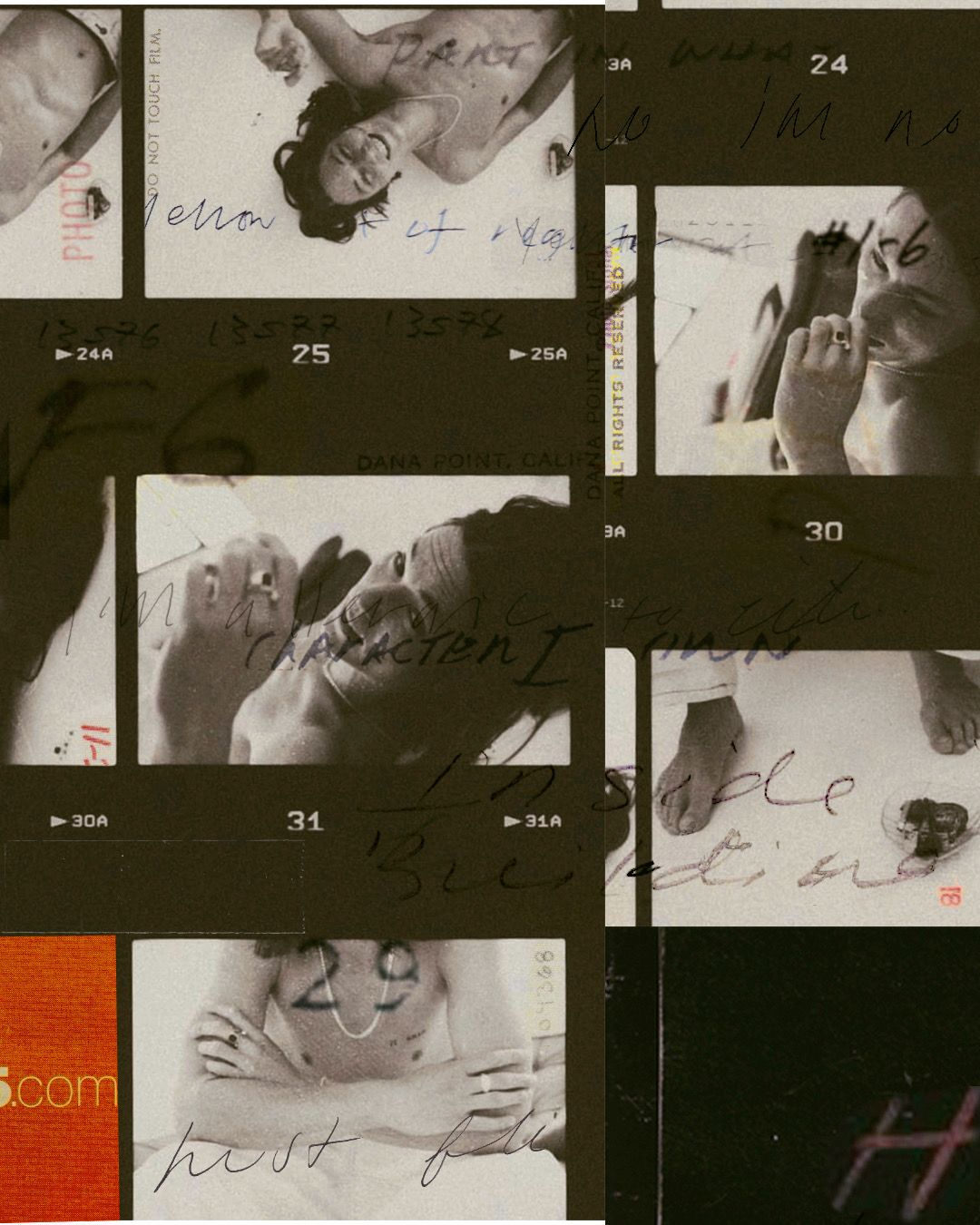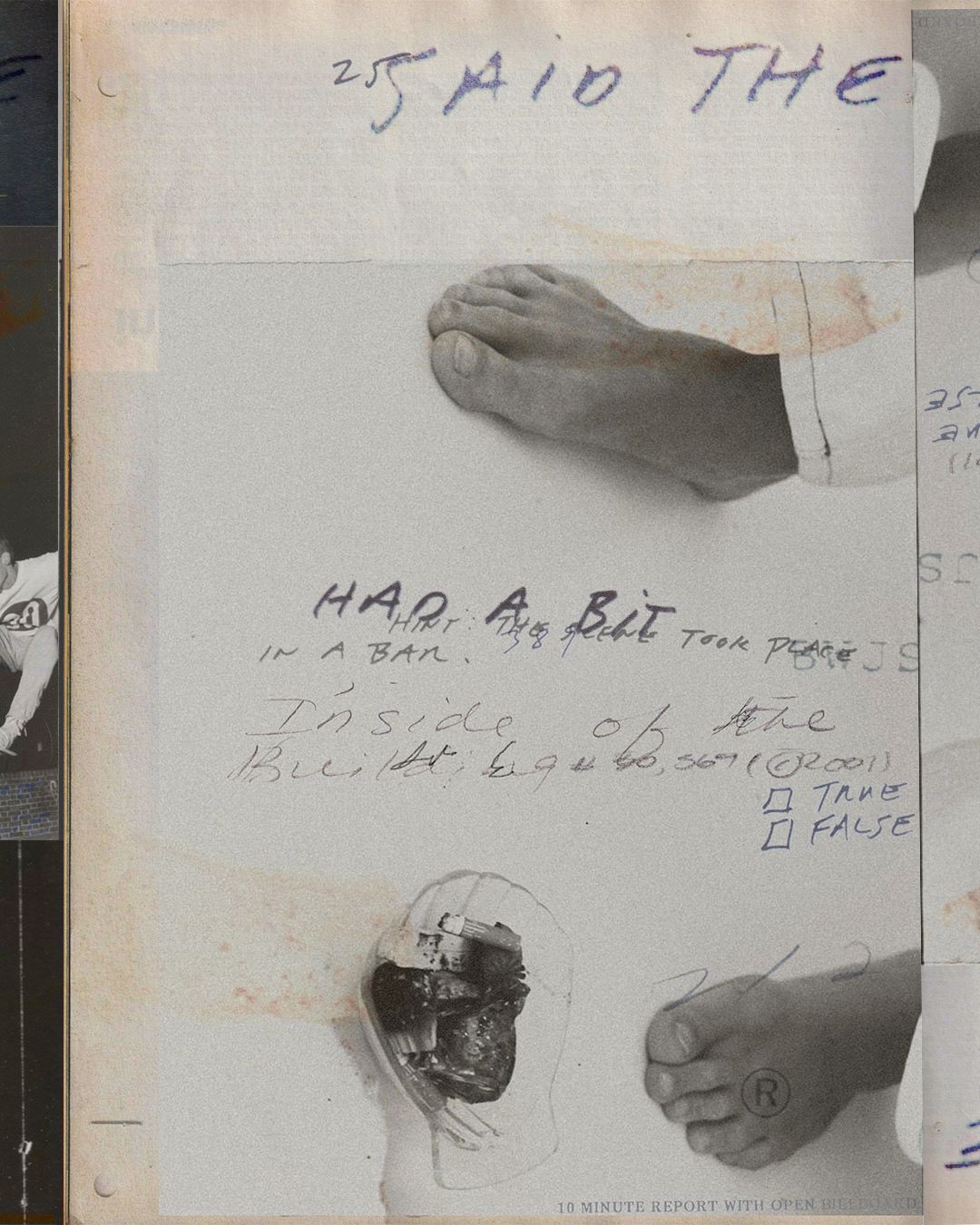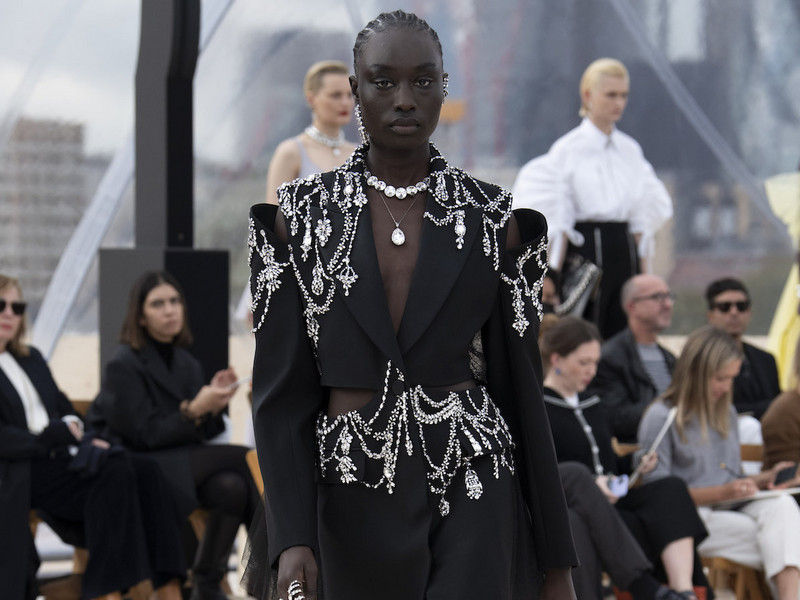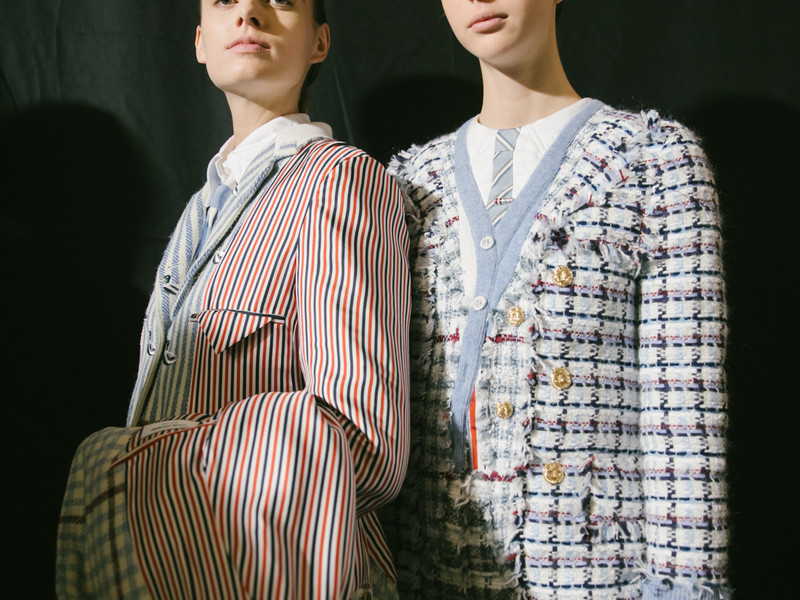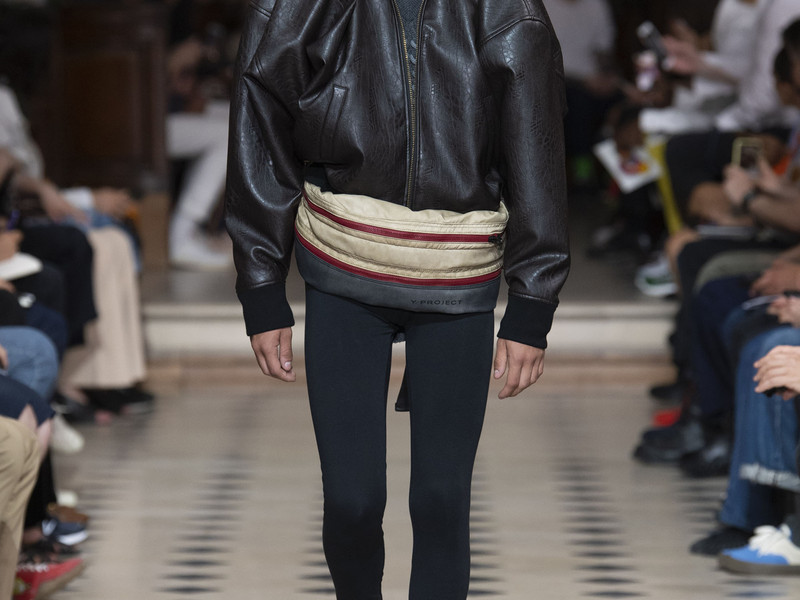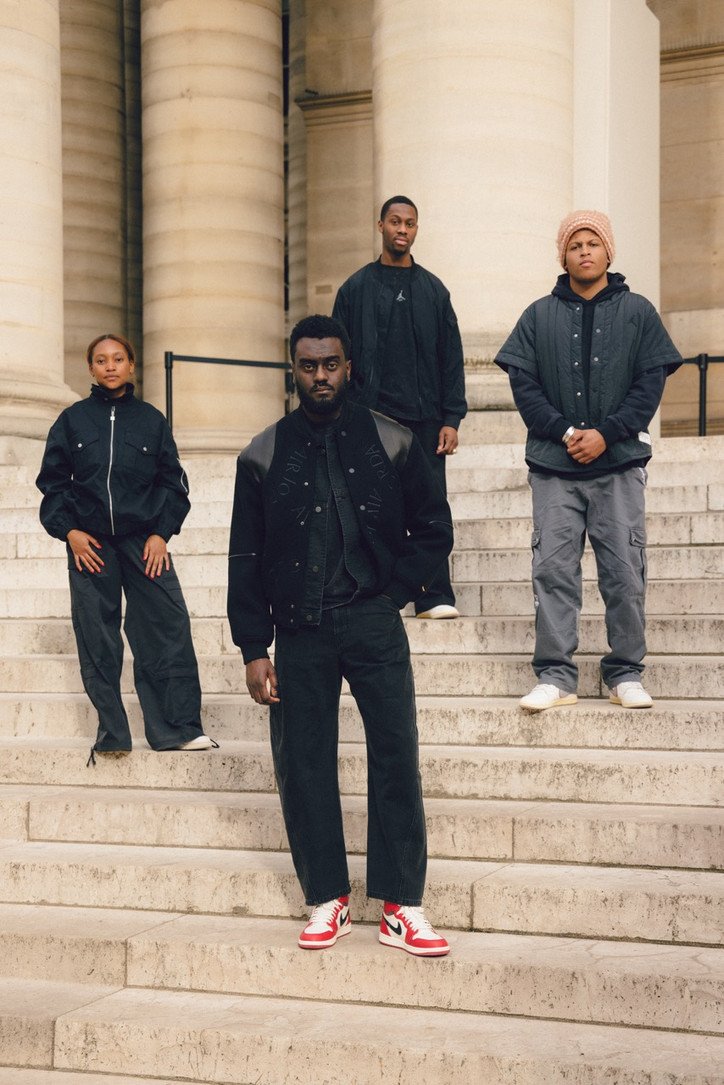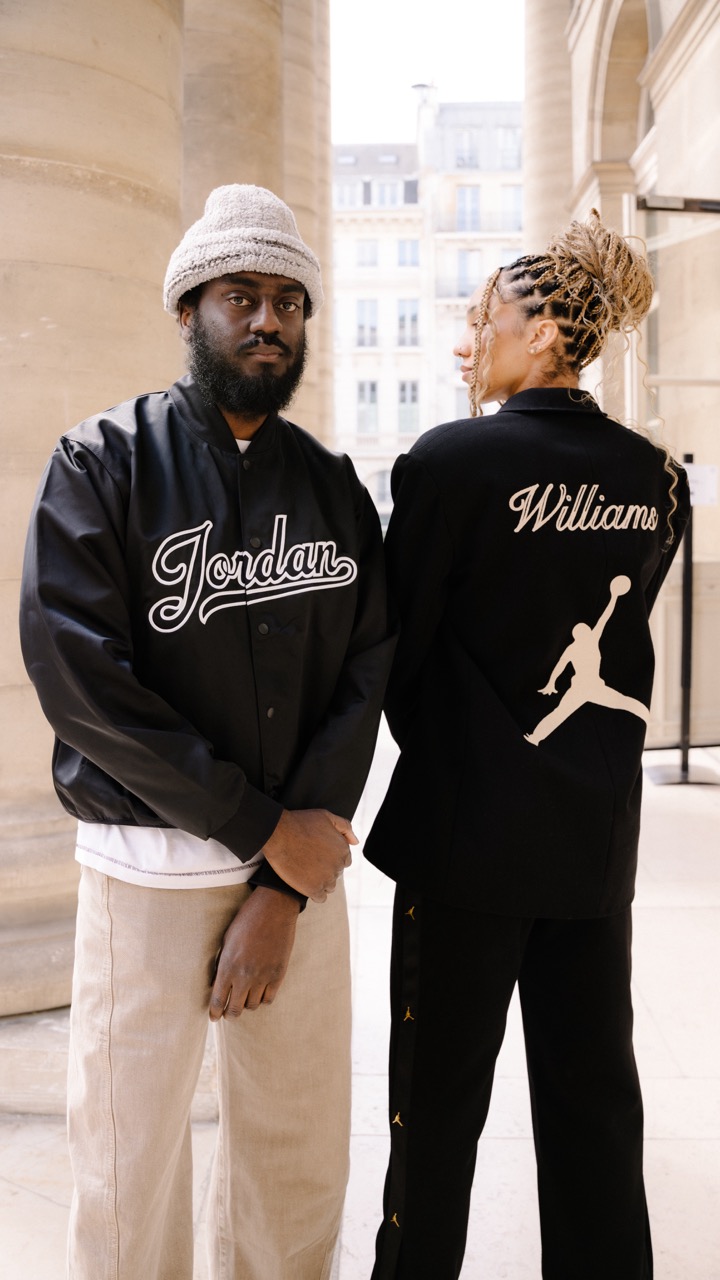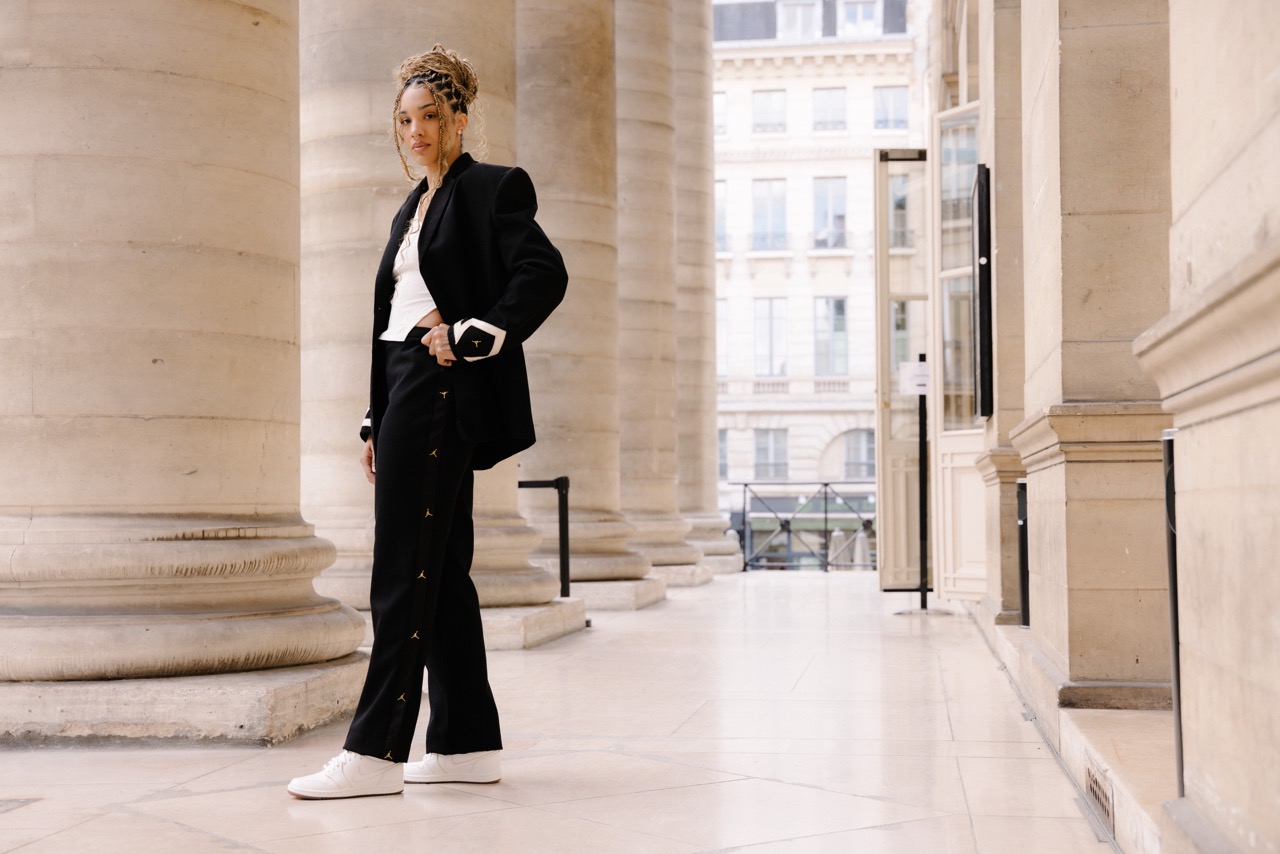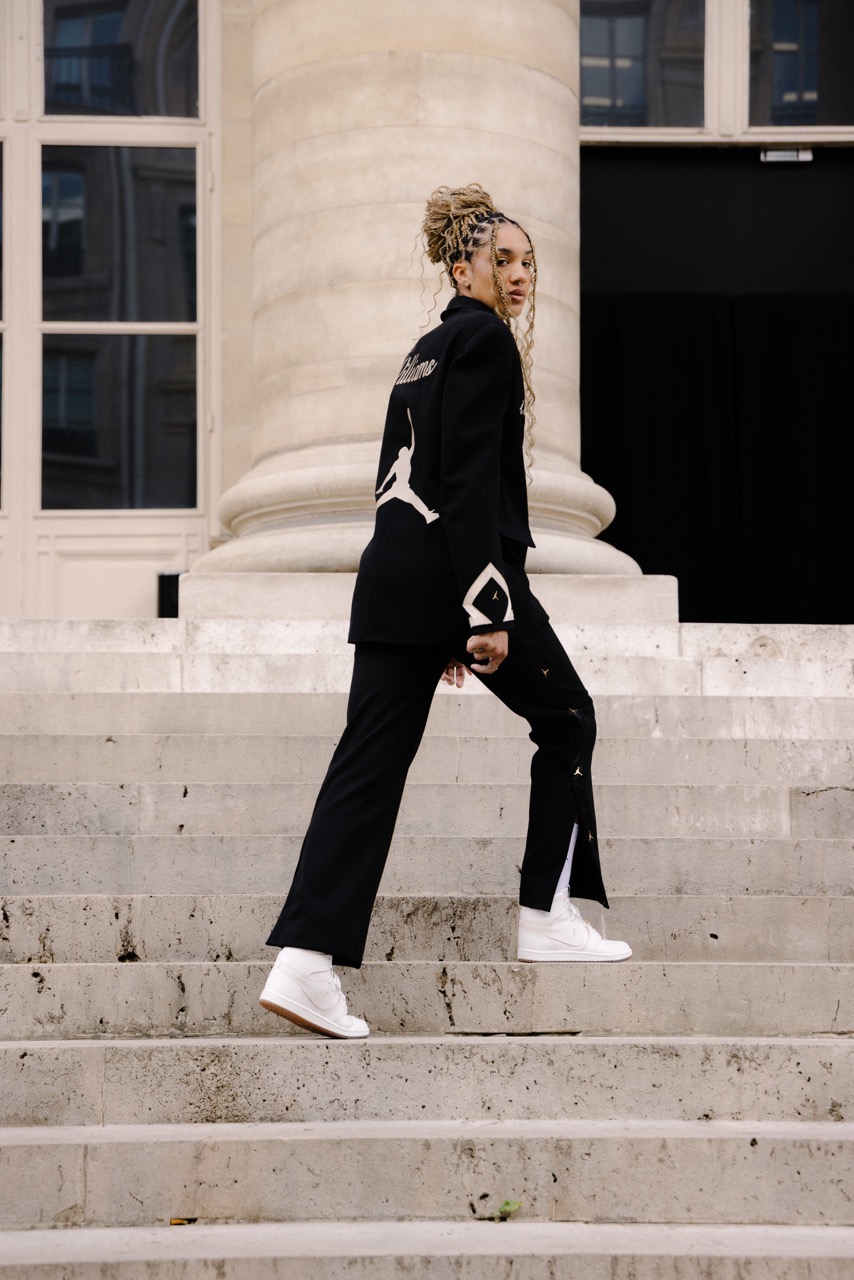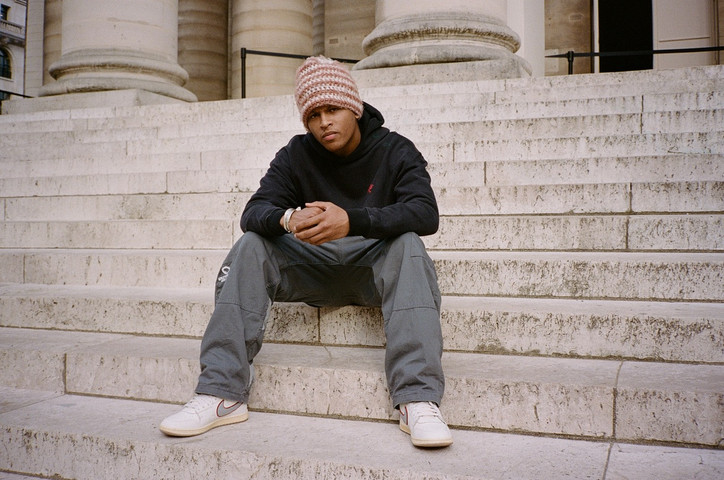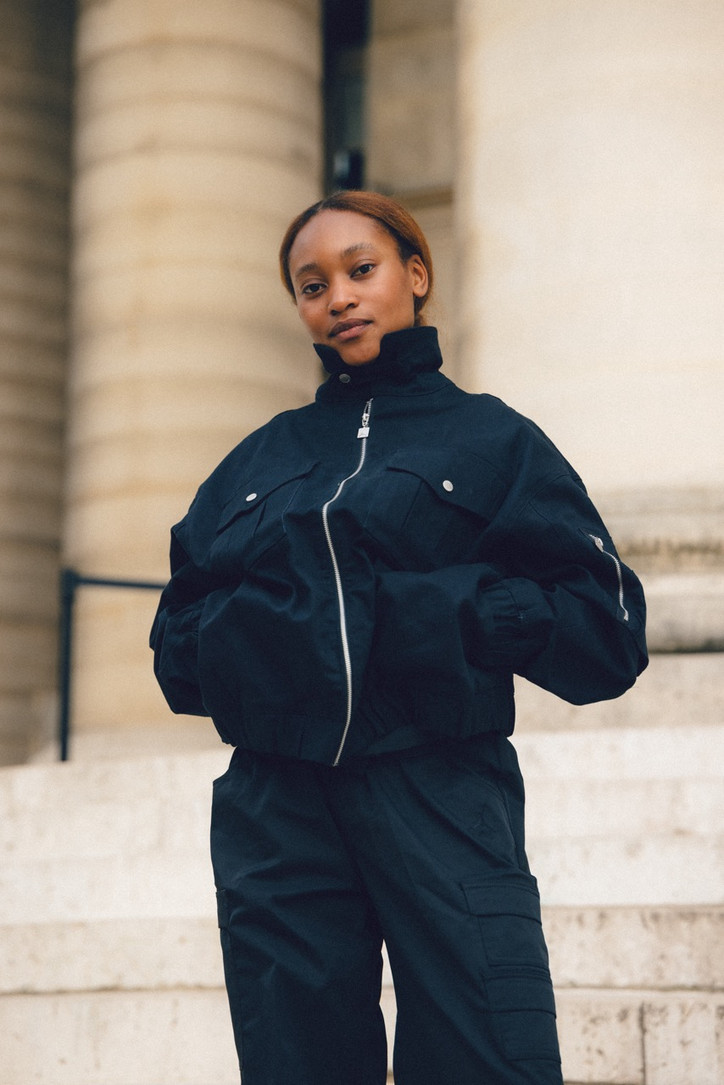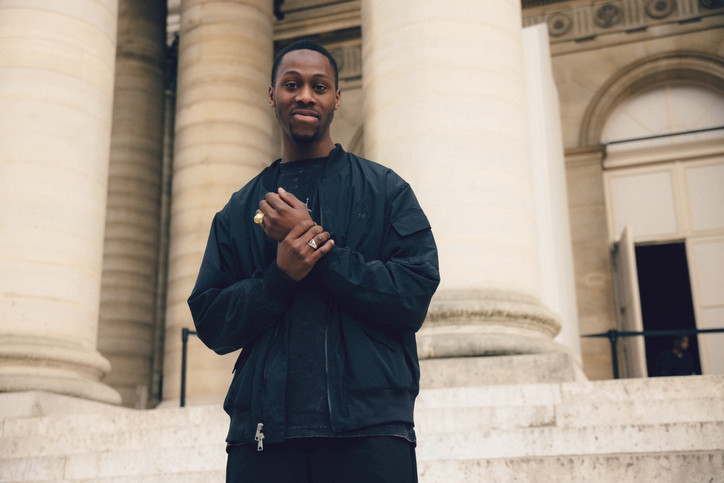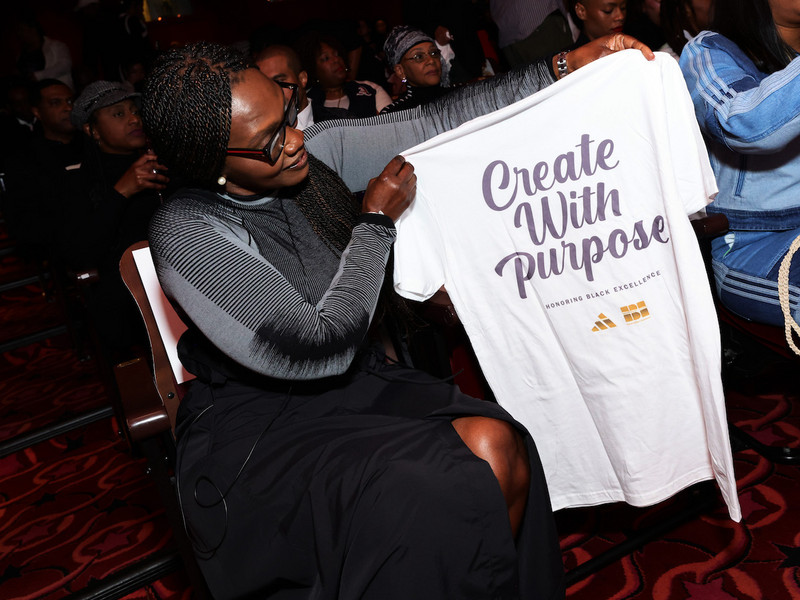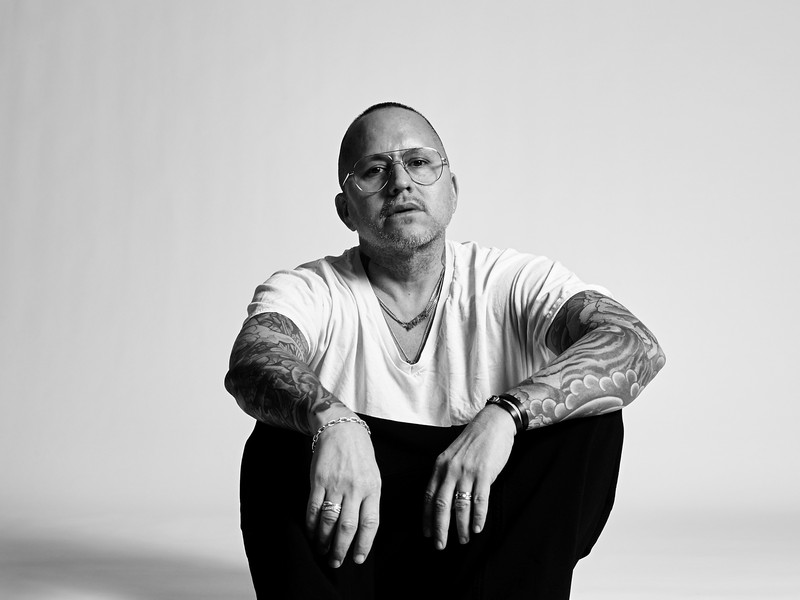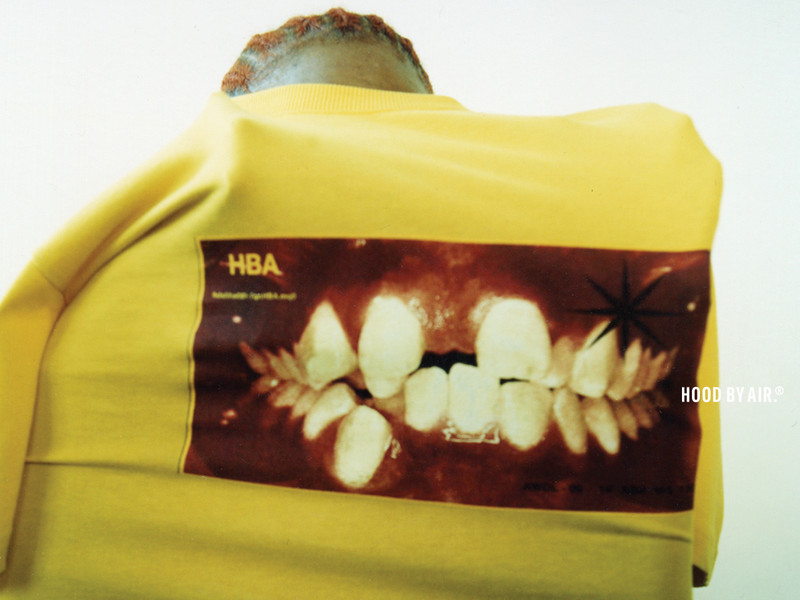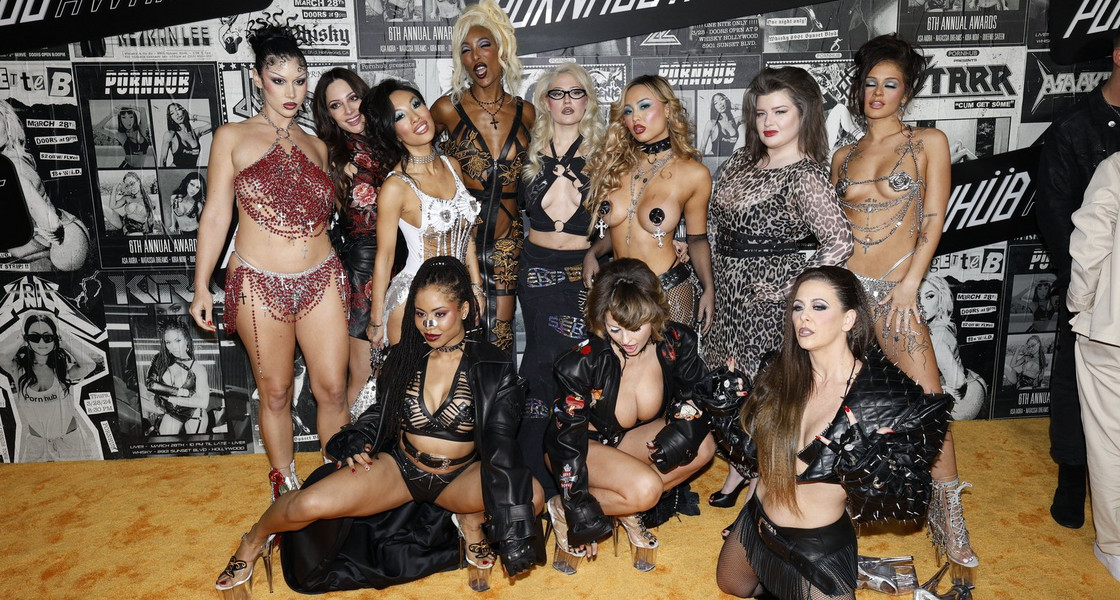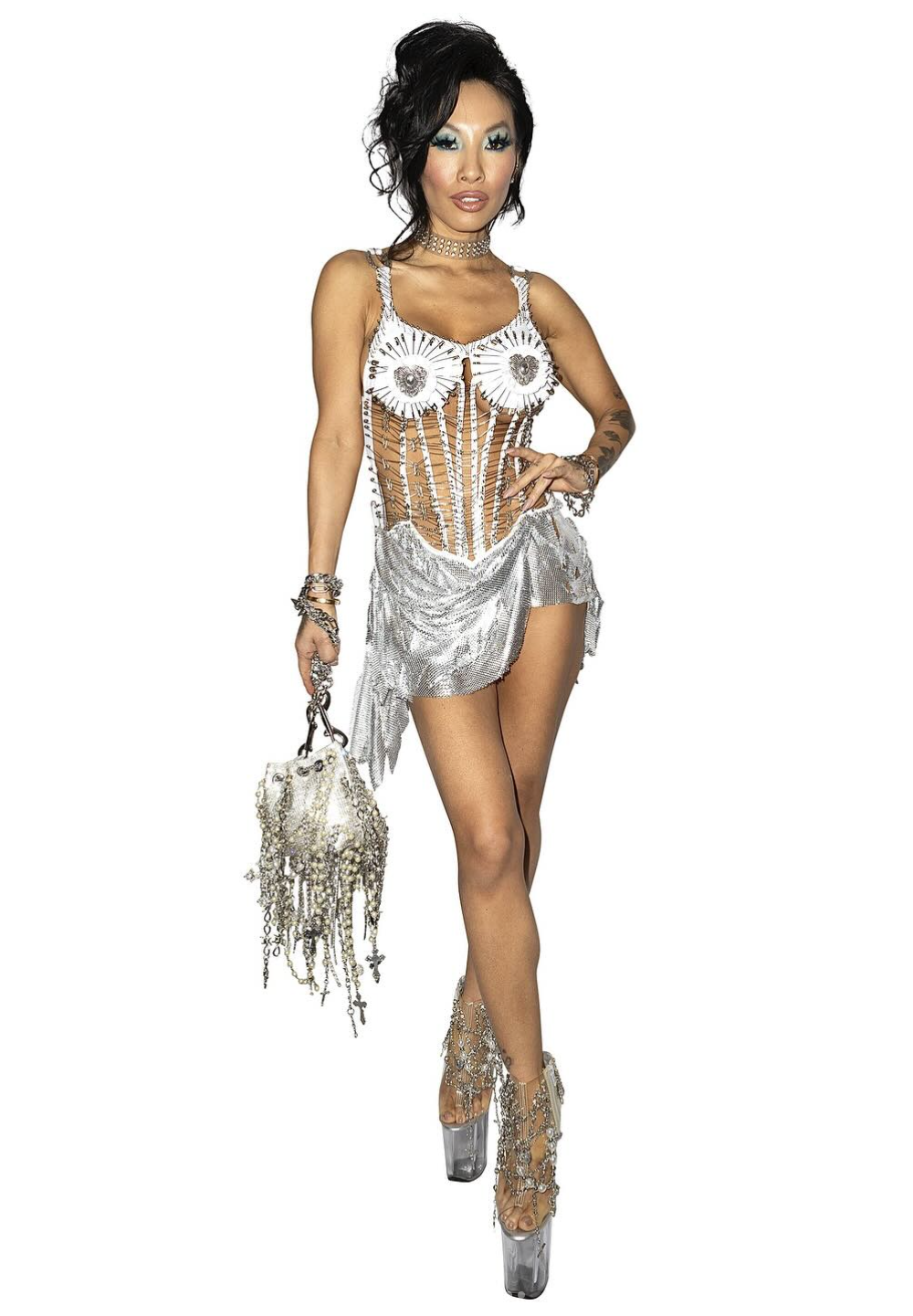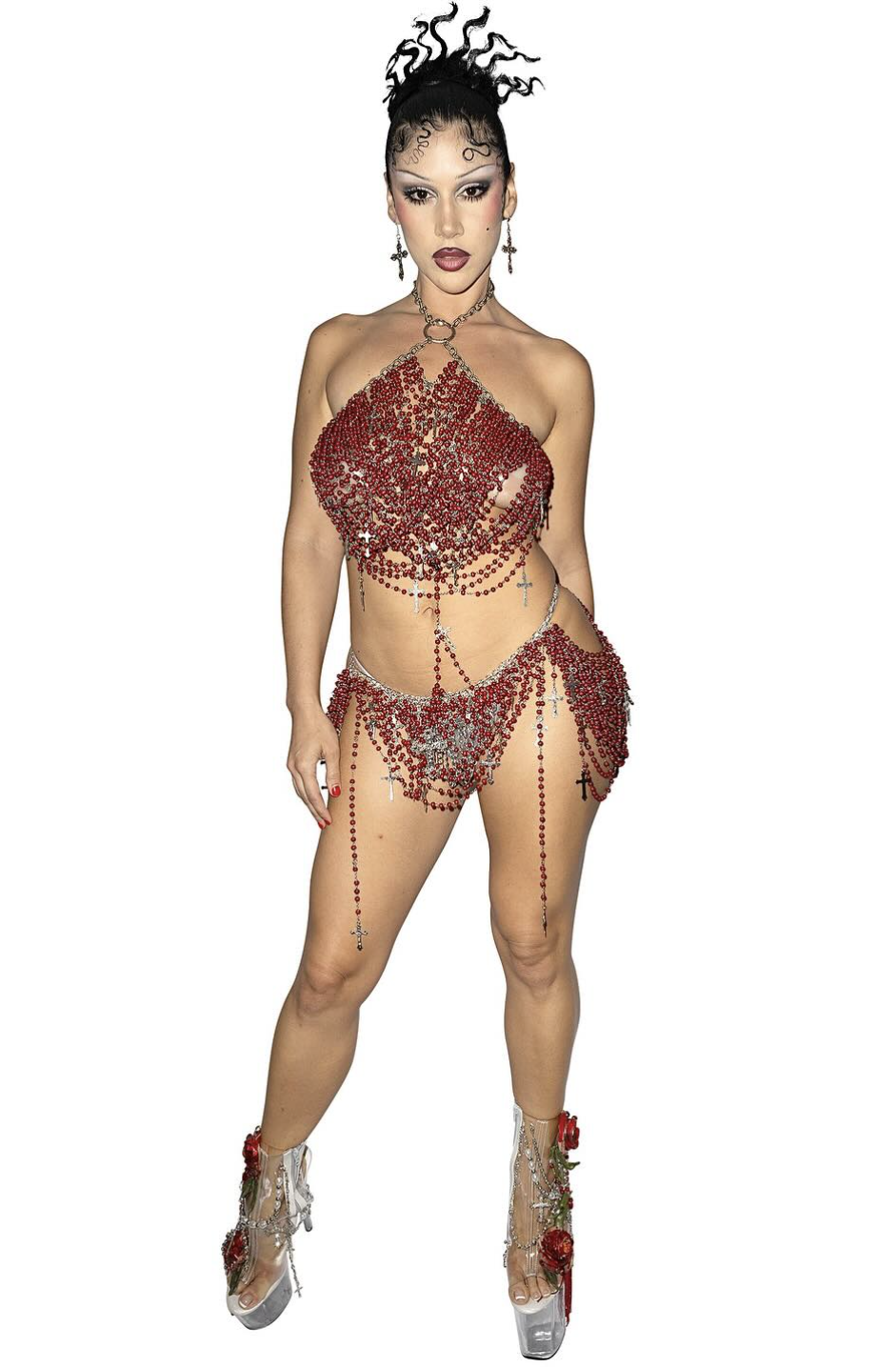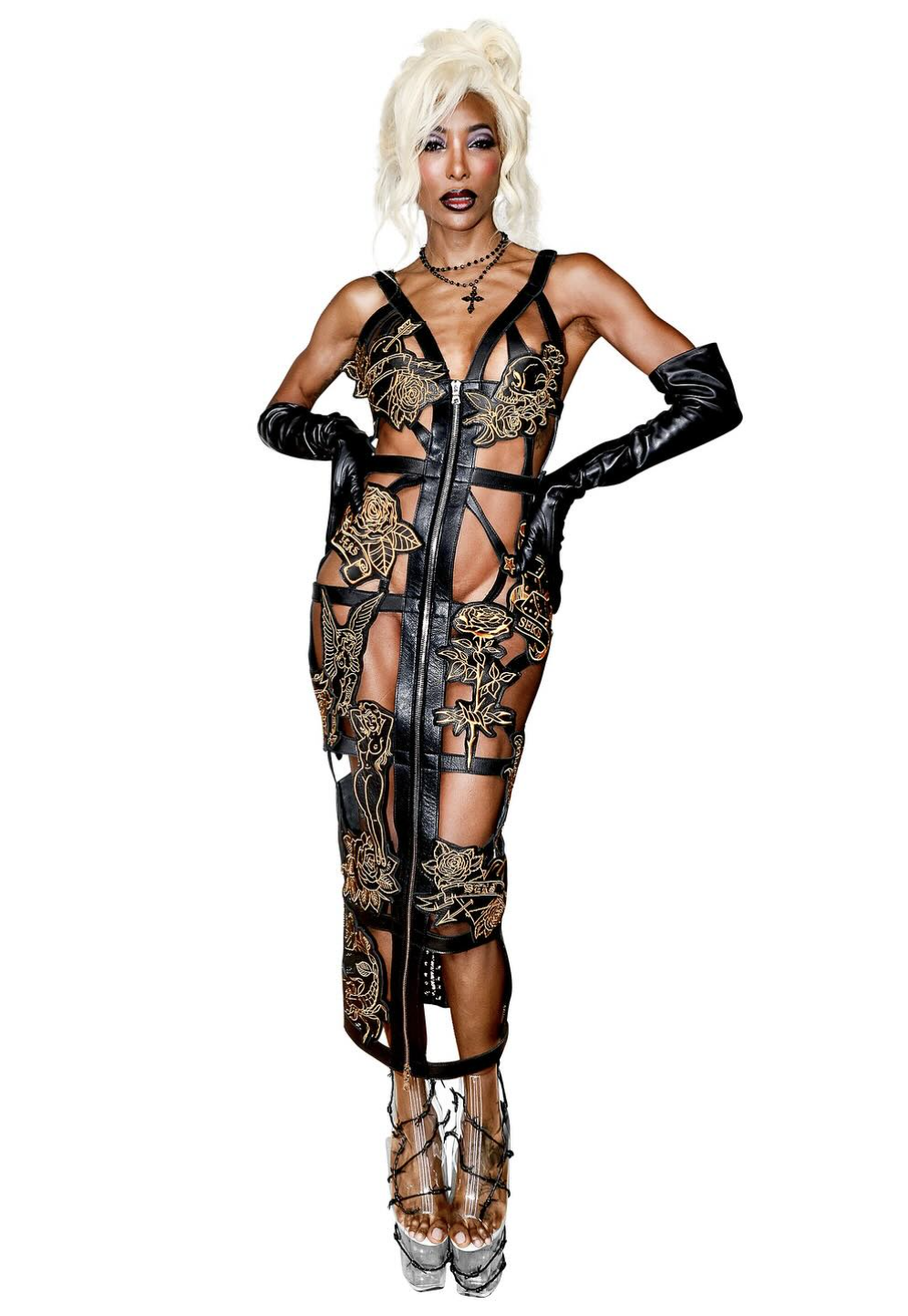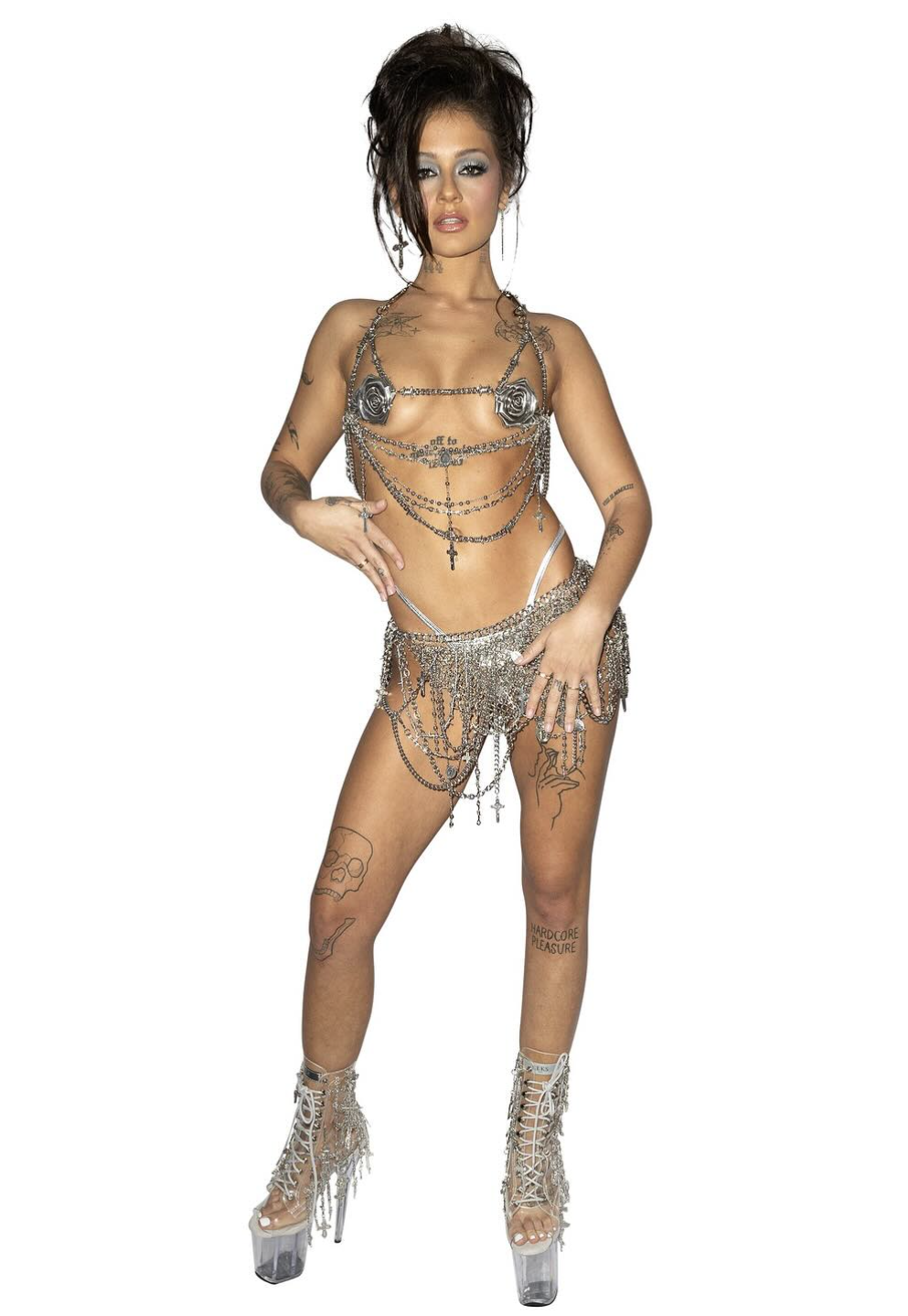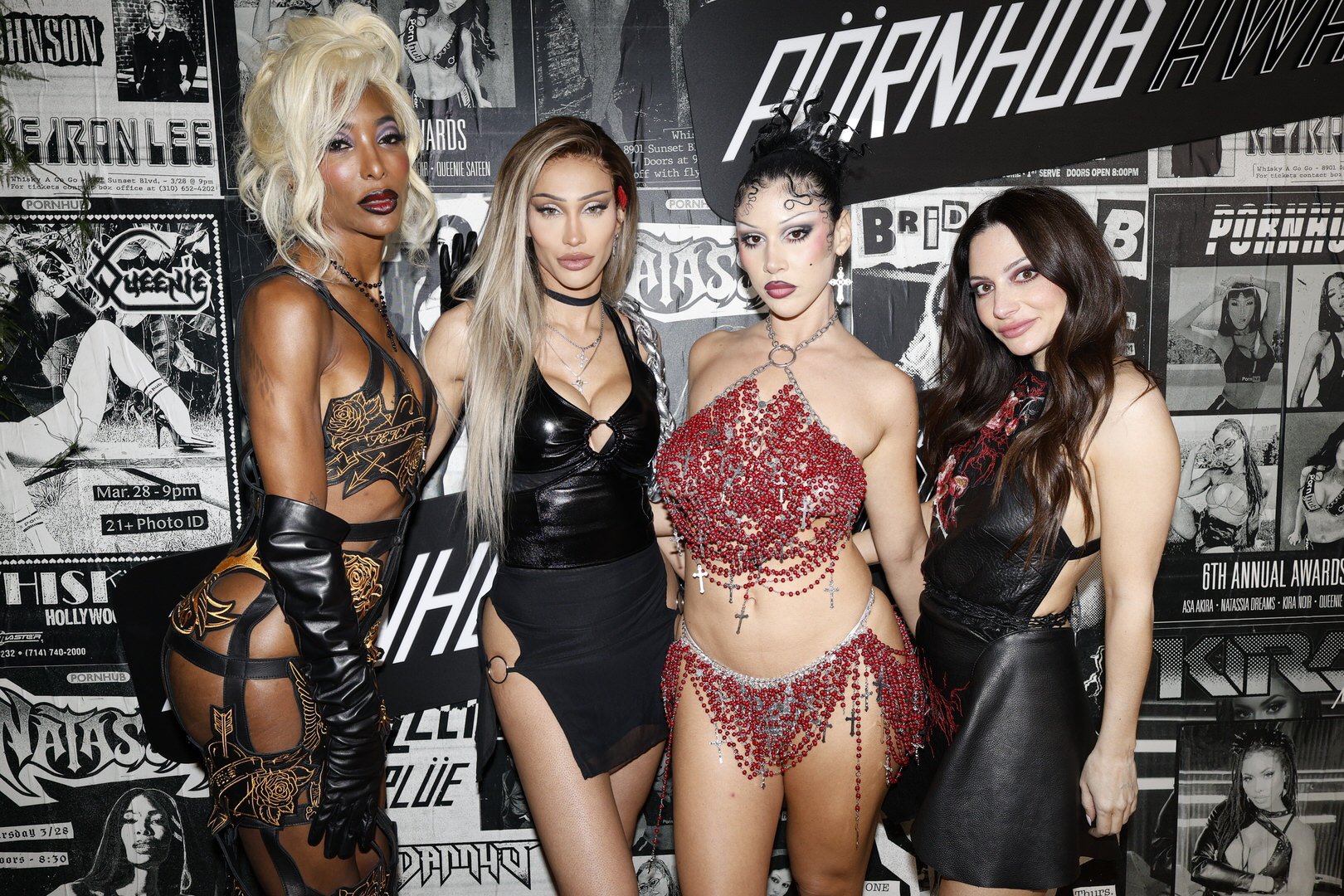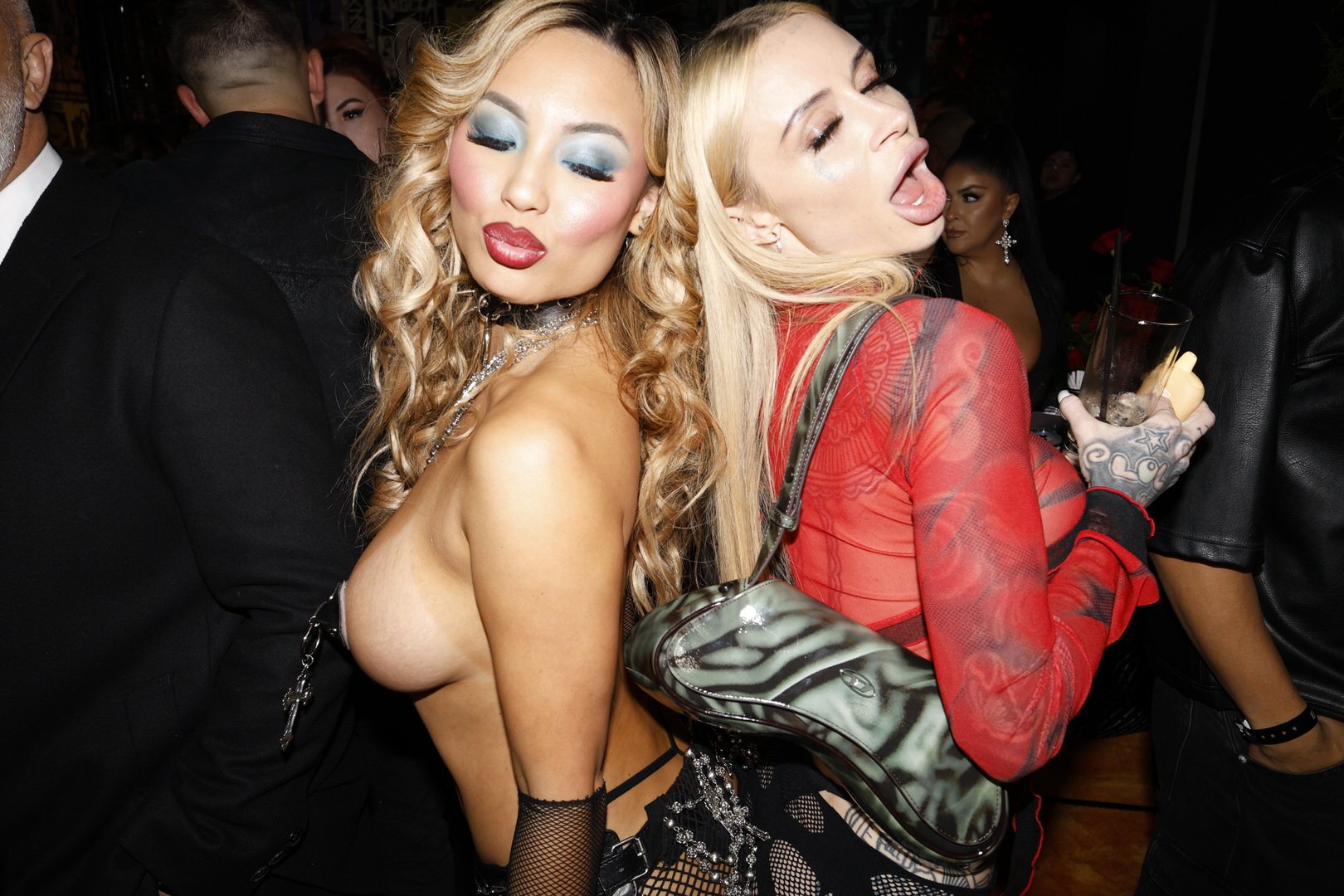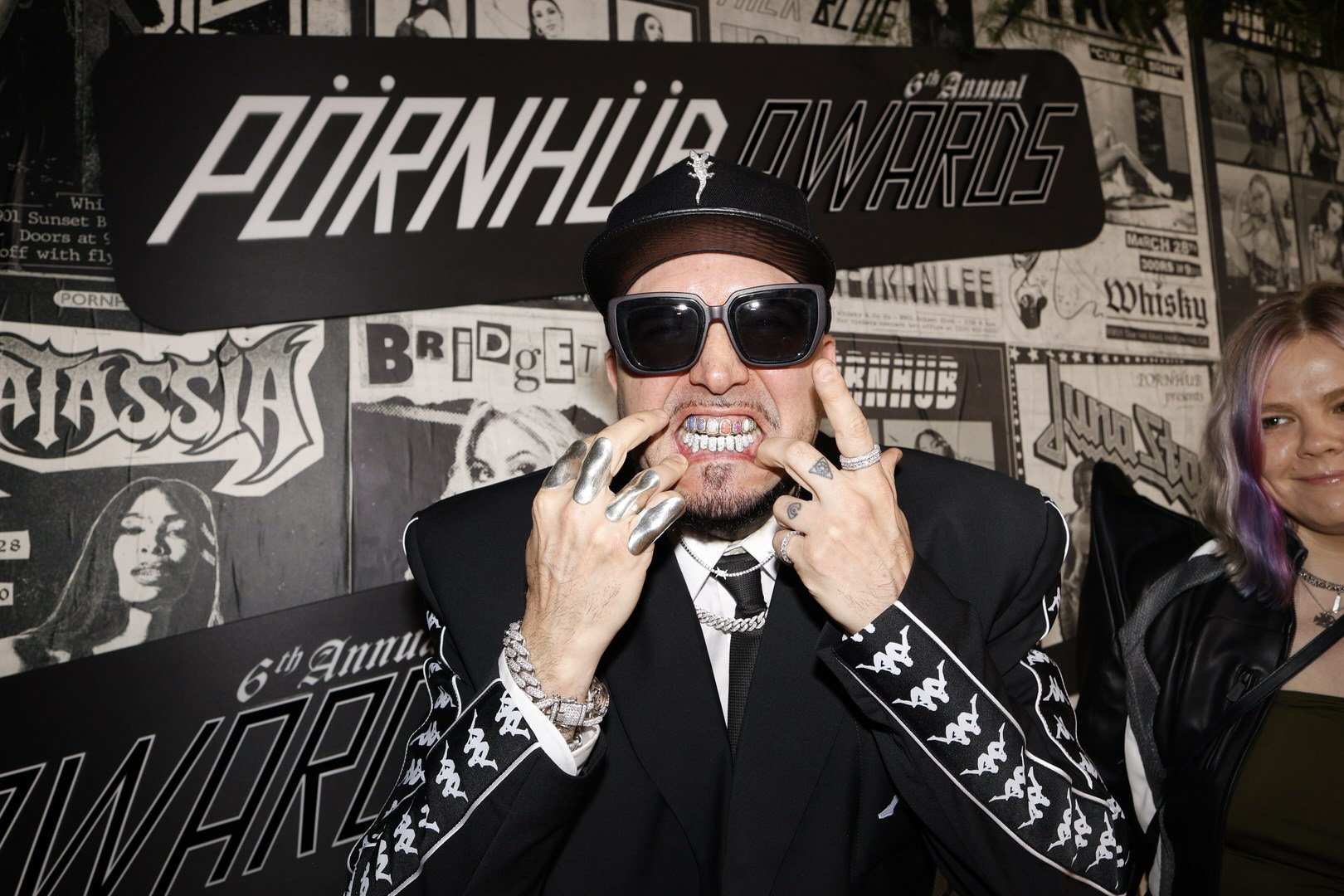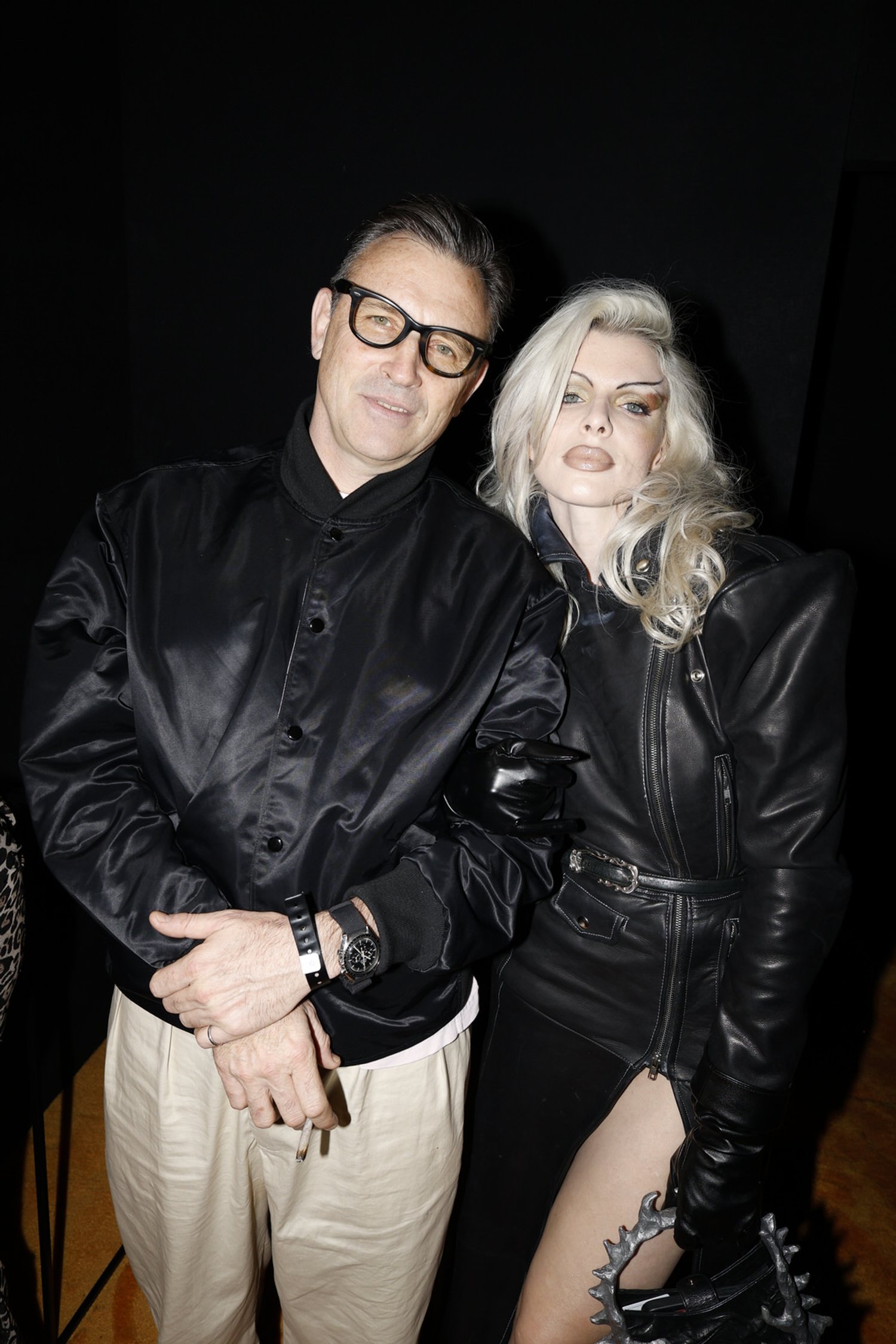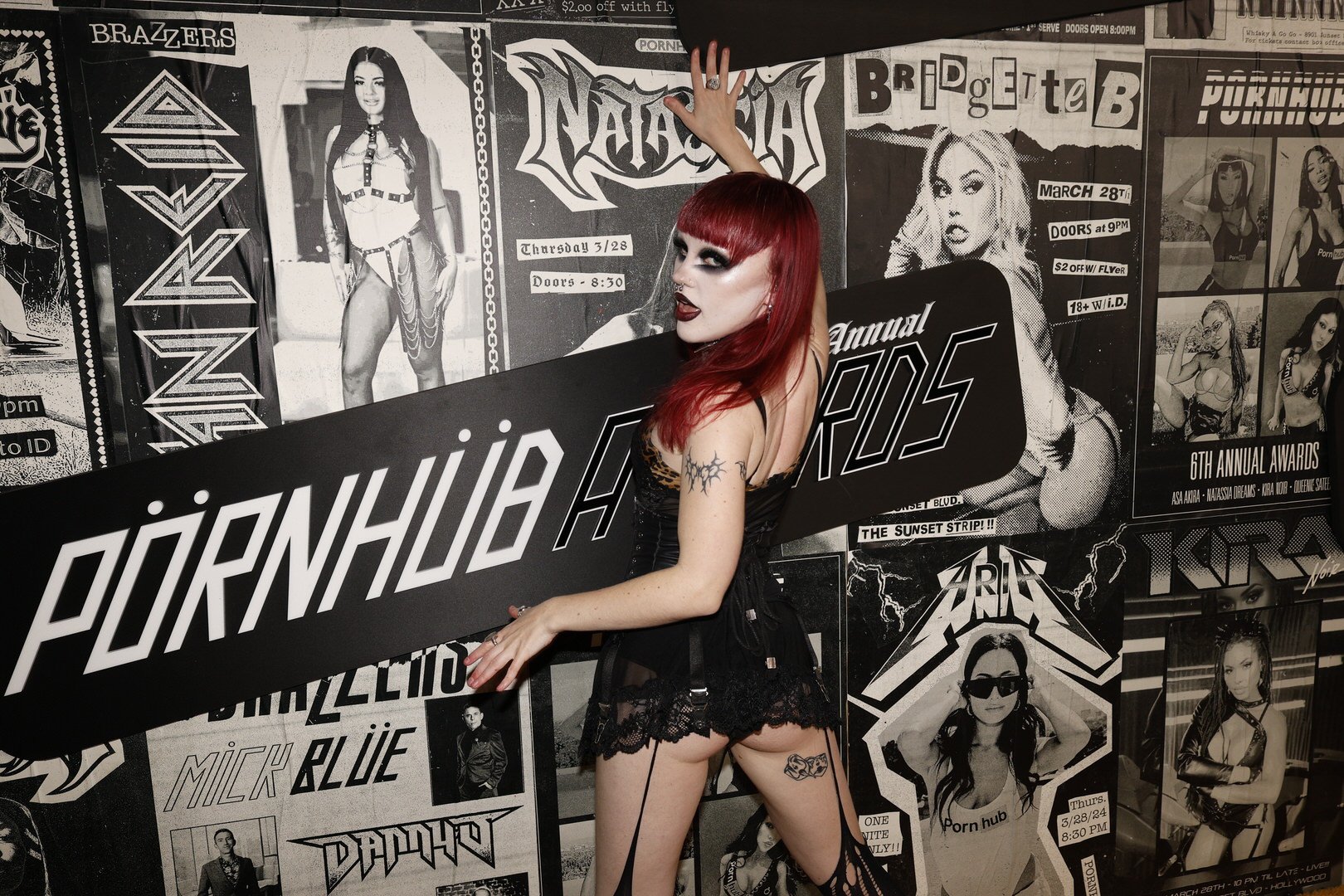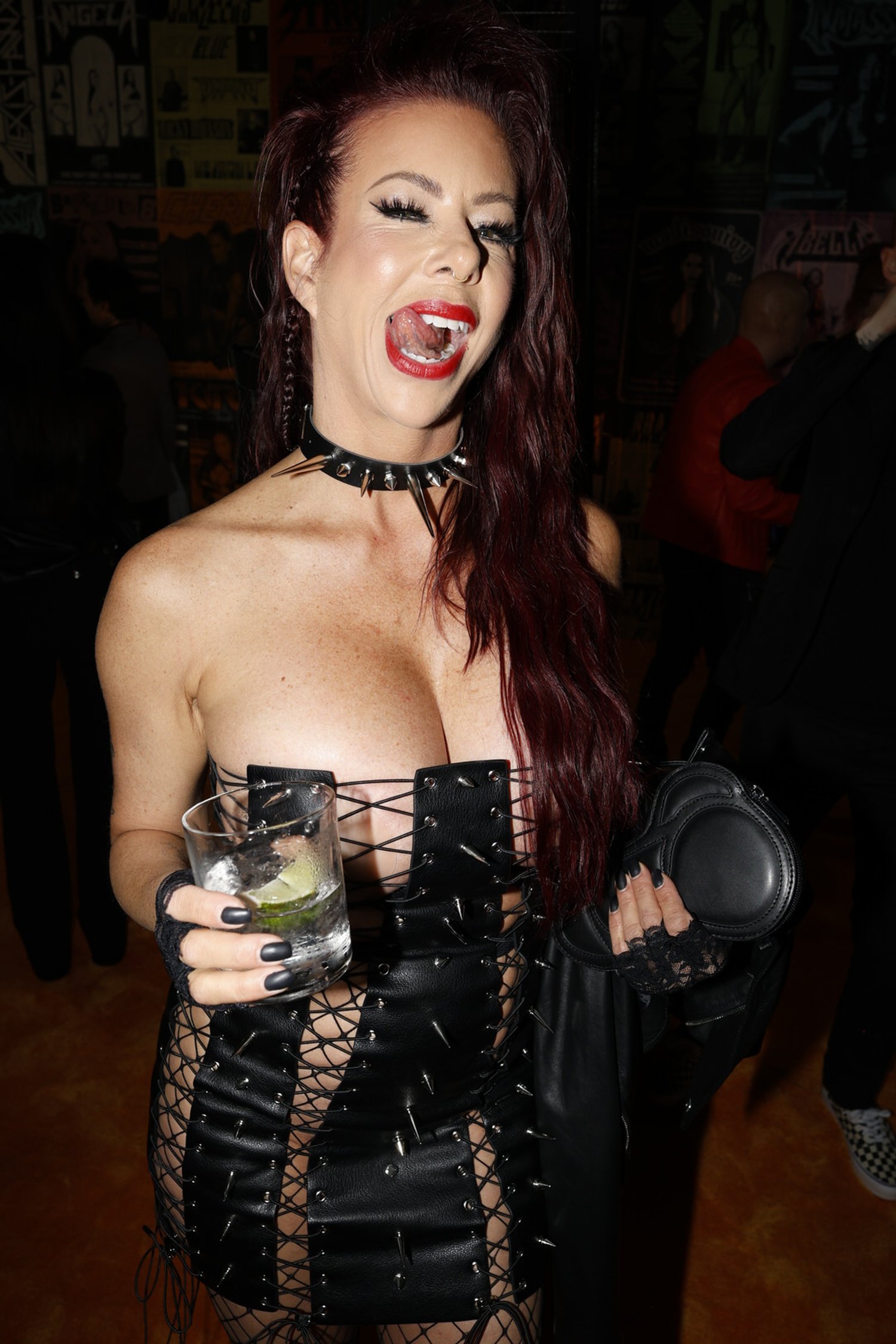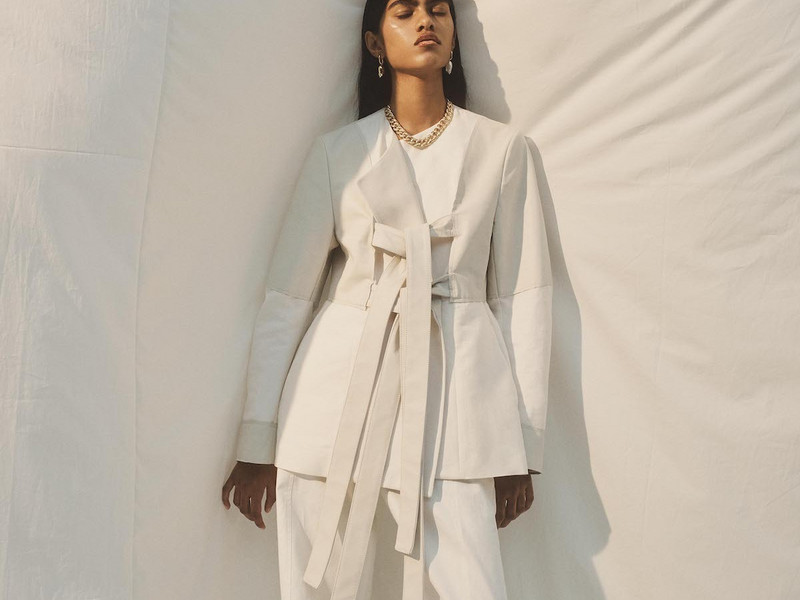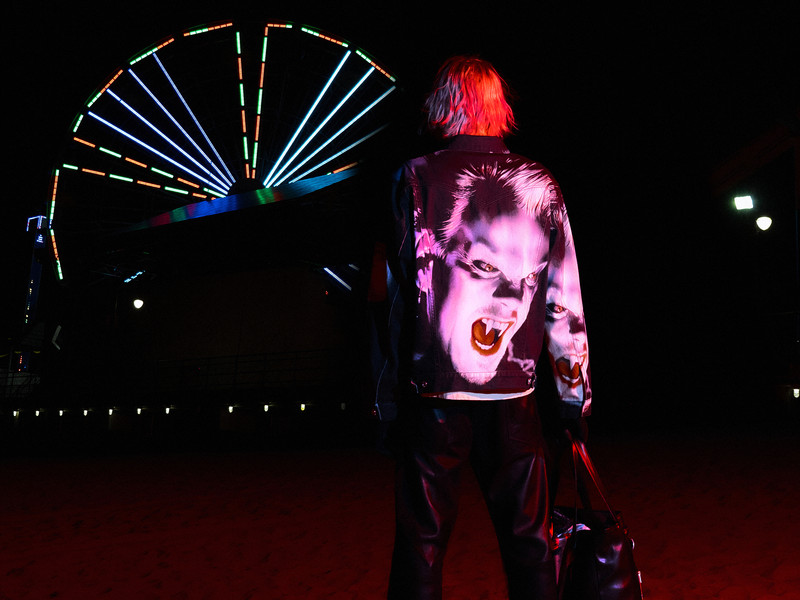A Patta Special

Tell me a little bit about where you come from.
I was born in Surinam actually, which used to be a Dutch colony. I was born there, I moved to the Netherlands when I was around two or three years old—my parents moved to the south of Holland, actually, and when I was eighteen I moved to Amsterdam. I did some studying—didn’t work out. So then I started working in a record shop. From a younger age I was starting to do parties in my hometown. I was doing some radio, I was always into music a lot, hip hop, kind of influenced also by my parents, who were into a lot of music. From that, working at the record shop, I started working at a record company, Sony Music. I did that for two years, but you have to understand, I came from a very puristic place, Fat Beats. Purist hip hop, working with friends in the record shop…
No compromises.
No compromises—what’s your taste, debate about it, it’s gotta be real, it’s gotta be good—to a place where it’s all about compromises. And that was just a little before the internet and downloads really got down to the record industry and kinda blew it’s spot. So I worked at the record company for two years, I learned quite a lot. I did marketing and product management for all black music, so I did jazz, but I also did Destiny’s Child, Nas. I did that for two years and then I kinda got fed up. You know, the politics. The balance between stuff that I really liked and stuff that I had to do just for commercial reasons, the balance was getting off. So I chose to stop. When I stopped, I took a couple of weeks off, and I went to New York. At the time, my closest friend Edson was still working at Fat Beats. He’d done that for five years or something like that, so he was looking for something else as well. We got our heads together, like Yo, we want to do something, we want to create something in Amsterdam.
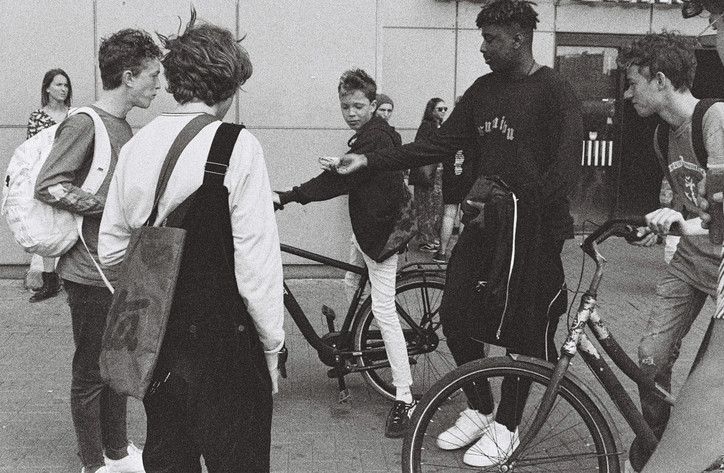
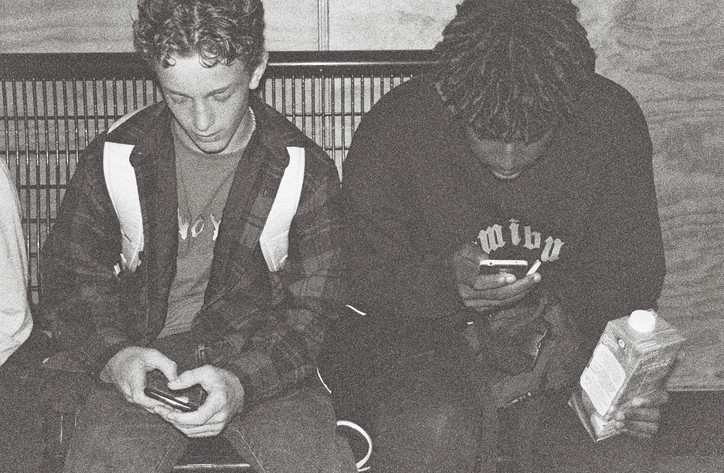
What age were you at this point?
I think I was twenty-three years old when I had the idea, and when the shop opened up I was twenty-four.
So the trip to New York inspired you?
It kind of inspired me, because due to Fat Beats we had a lot of connections here. We knew some of the guys from Supreme, there were stores like Clientele, those types of shops. At that time there was still a lot of hustle and bustle for like, European Air Force 1’s that you couldn’t get here, so they sent me back, I bought a lot of shoes, I took some money off of that so that was great. From that, I built up a lot of connections, and those connections we used when we first opened up the Patta store. So yeah, New York has been inspiring, you know what I mean? Obviously there were sneaker stores in Amsterdam and in the Netherlands before, but not in the way that we did it, you know? Everybody had accounts, everybody did it the official way. We were just going to New York, we went to the Bronx, we went to Jamaica Ave., went to 125th, we went into a store, saw a style that we liked, and we were like OK, you know what? We’re going to buy all of them, what’s the price that you can give us? And we basically just sent that back, whole styles, we did that in every city, every place where I went. That’s what it was, you know? Without accounts, we just started hustling and bustling, which was quite an interesting learning curve. You learn the hard way that your taste is not superior, at all. It was like Yo, this shit is the flyest shit in the world, we’re gonna make it popping, it’s gonna be crazy, oh my man, we’re gonna kill it! And then back home nobody understands, it just sits on the shelf. It’s like, we were hot for two weeks! [laughs] After that, we had to find ways.
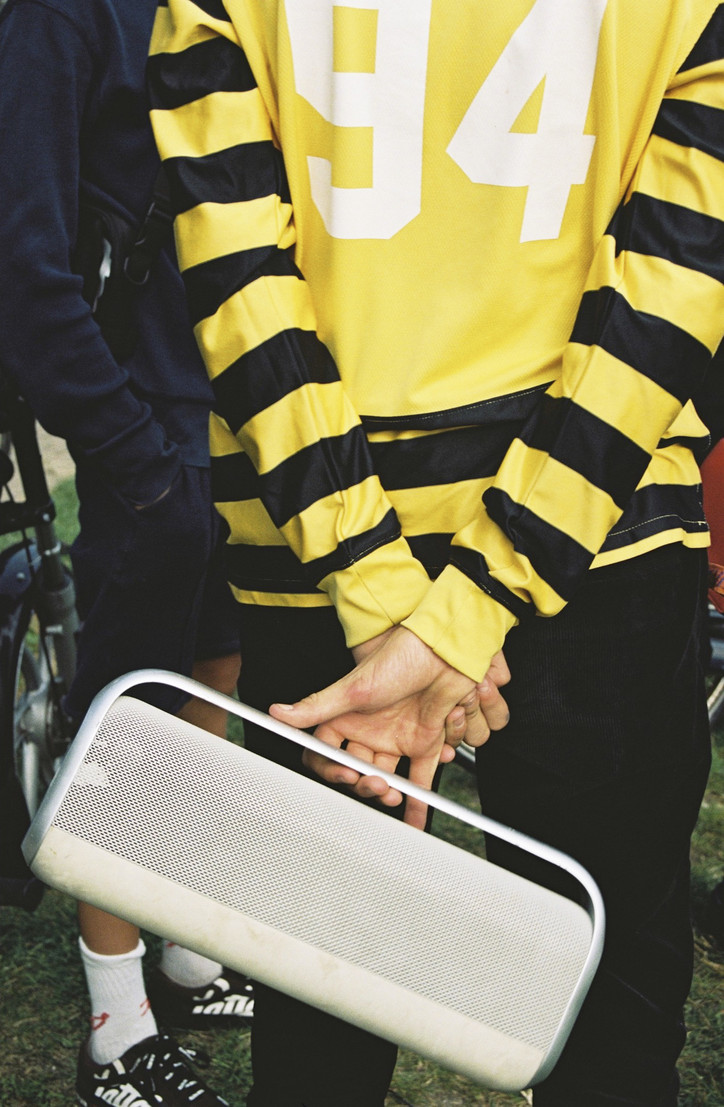
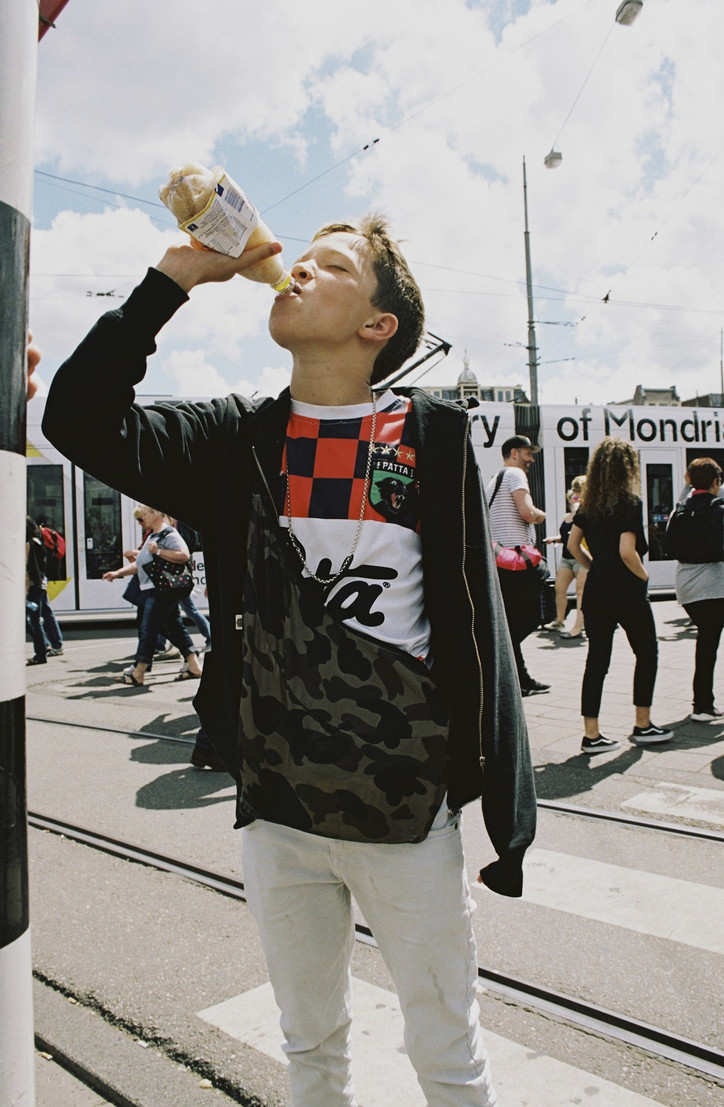
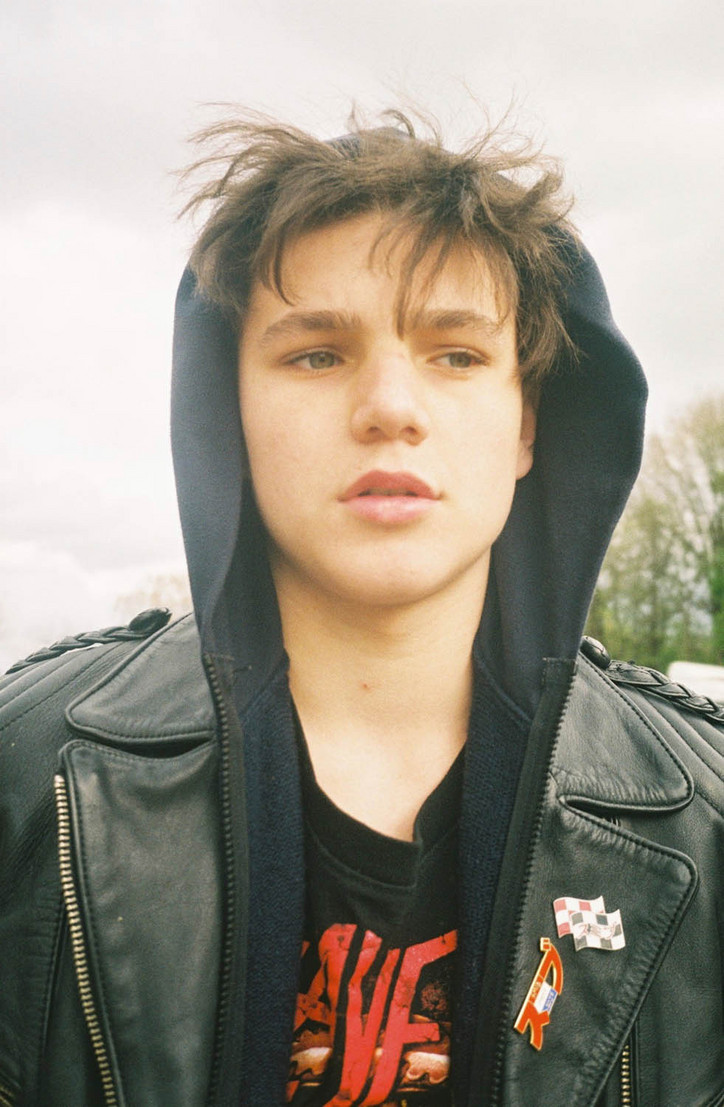
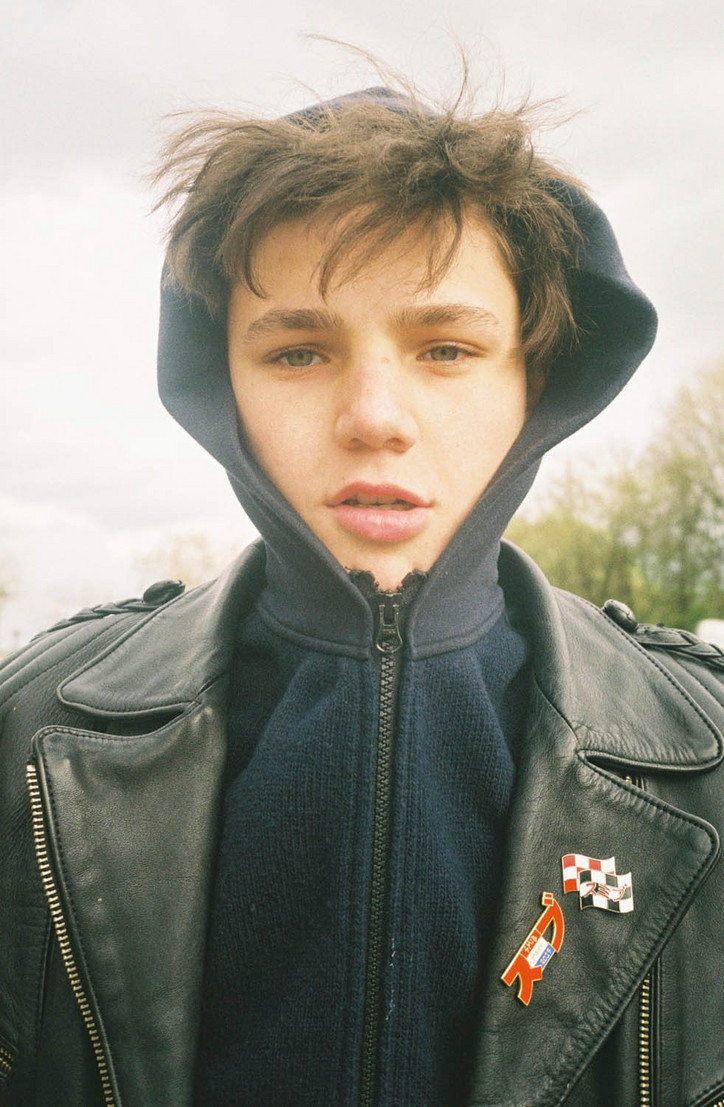
How do you adapt?
Thing is, for us, obviously retailing was also a means to an end. We always did other stuff. Music is the backbone of a lot of the stuff that we did. We were already organizing parties, we were already people that connected in the city, with illustrators, graphic design people, artists, music people, and DJs, rappers, guys that made music. So we started making mixtapes, started doing small T-shirt runs. We had Pieter, Parra, who was just coming up, he was growing, he started to do collaborations with Nike early, Parra Air Max 1’s and all that stuff. So we started making money in our own way, you know? Self-made stuff.
So, going back a little, how’d you end up finding a space to host all this?
Looking around, you know? We went backwards. We found the space, we signed the lease, and we didn’t have any money. We thought we’d get a bank loan just like that, you know? We thought our business plan is crazy, but then we got shut down everywhere. Basically we got lucky, a friend’s father listened to the plan, he was like “Yo, it’s kinda crazy, but you guys tell it with so much fire. You guys need how much? I’ll give you half.” That’s what we started with.
What about the area you chose, for those who aren’t familiar with Amsterdam?
It was like a little off street, still is. It’s also a financial thing, we couldn’t be in the main street, but we were close to the main street. It’s kind of like a finders keepers type spot. If you know about it, you know about it. Word of mouth is the best thing there is. A lot of the things were a success in the end, but we started with a lot of failure, you know?
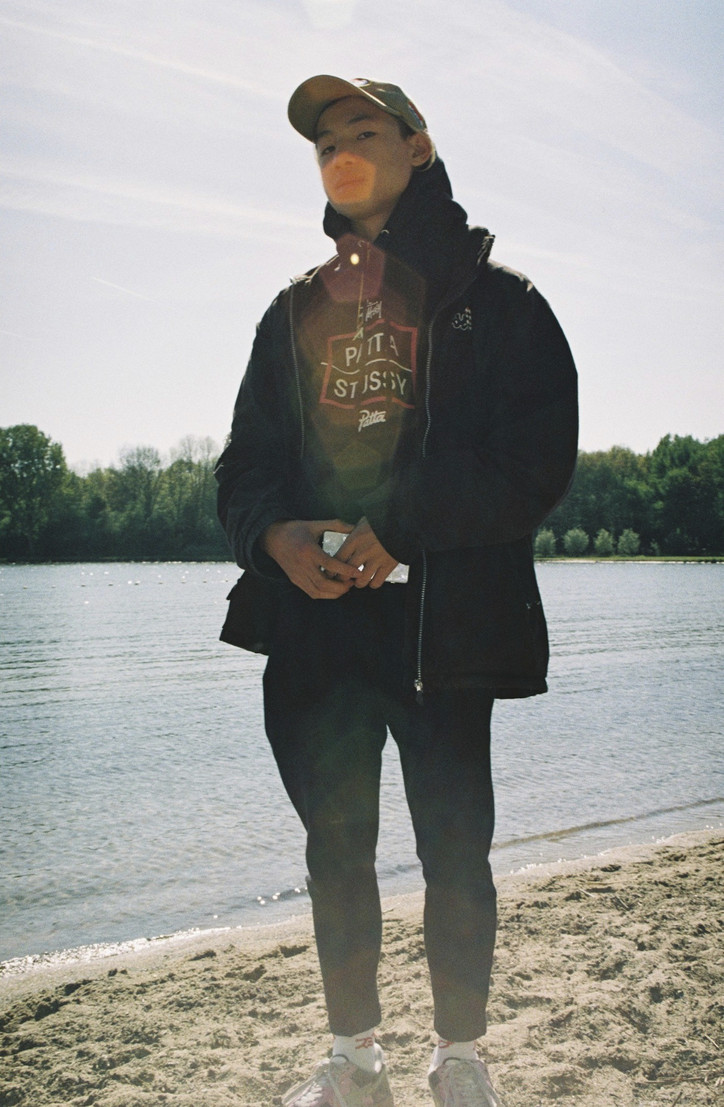
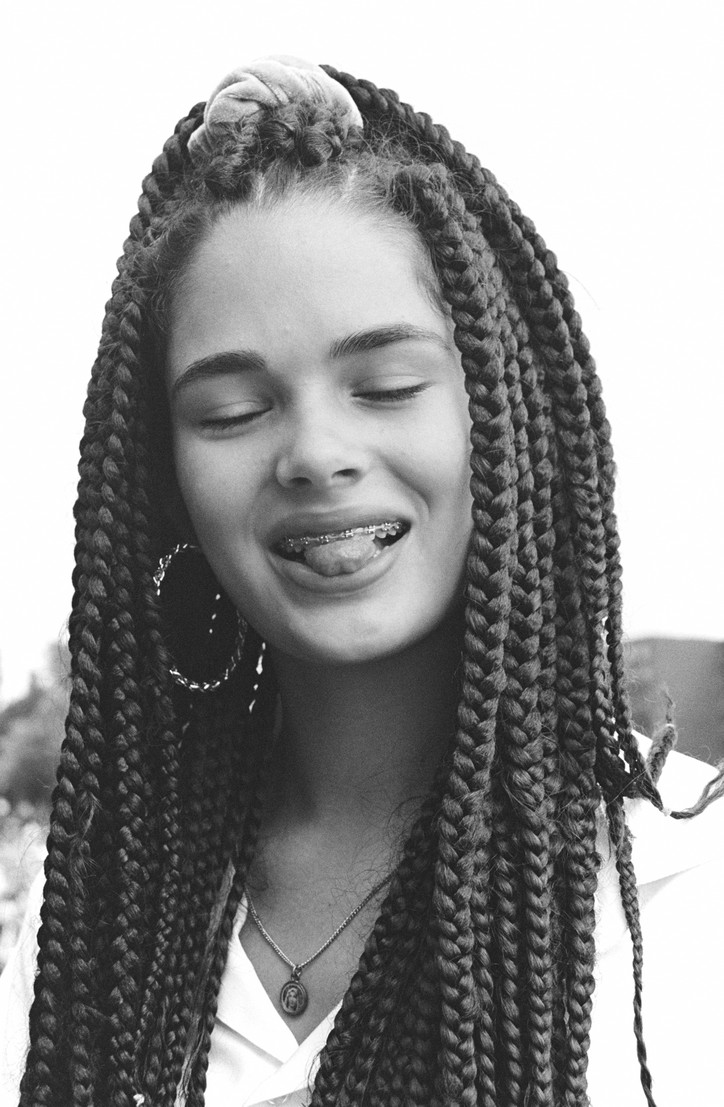
Any particularly remarkable failures you can remember?
Well, just buying off of your own taste, like your taste is superior across the world. [laughs] That’s one! Second of all, we’re travelers, so we go to Japan, we go to New York… In Japan it’s very normal to have a store on the first floor, so we had the plan with the store on the first floor—that’s how we call it. The second level. And then downstairs we had a gallery. But people, definitely in Holland, they’re not used to that. It’s like a little, hump, to go over. People were intimidated, because you have to go up a stair, and then there’s two guys sitting there, laughing, back then we were still smoking in the shop. We were basically using it as our living room, you know what I mean? It popped off the first two weeks, but after that we were like, we have to find ways to do it. So we got a friend involved like a year later, the downstairs space became a skate store, that was Ben-G. That worked well, it attracted more people.
What do you think defined the streetwear scene in Amsterdam back then, the demographic you were going for, and where’s it at now?
Well what we bought, we bought all the things that we really like. In Europe running shoes are big, so when you talk about New Balance 1300s, or AirMax’s, AirMax 90’s, especially in those years, those were big shoes. If we could find those in any other colorways that you couldn’t get anywhere else, that was bankable. That was the initial shoes that we could find and sell, flip easily, you know? That’s really at the core of the aesthetic. It’s changed a lot, but running shoes are still the thing.
Do you think people in Amsterdam have caught up with the international styles?
Yeah, well caught up is not even the right word, it’s always been around, you know? In actuality, Amsterdam is a real sneaker hub. Everybody wears a lot of sneakers, girls, guys, it’s a really healthy market. You can see it especially now, you’ve got so many stores there now that kind of do the thing we’re doing. It’s a big market.
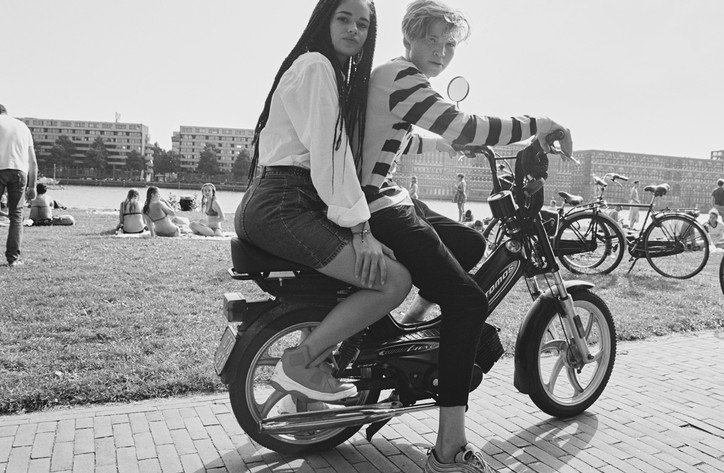
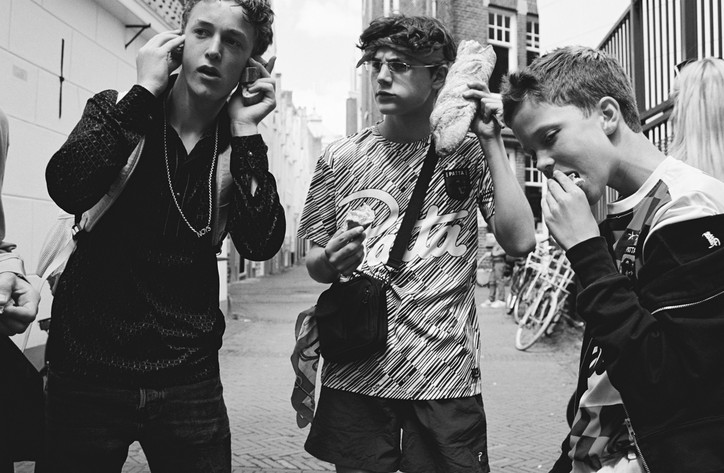
What were some of the first collaborations you did that helped get your name out there?
The first collaboration that we did that made noise was Asics. We did an Asics GEL-Lyte III, which wasn’t a popular shoe at all, anywhere. We did a colorway and that kind of blew up. We didn’t really know what we were doing, we did 250 pairs, we thought it was quite risky. But we did everything, we did a jacket with it, instead of a box you’d get the shoes in a backpack. We kind of flipped out on that, it’s like a first album, right? You go hard. So that’s the classic one.
How’d you get hooked up with Asics to begin with?
One of the guys that worked there also worked in another sneaker shop, we kinda kept talking, showed our interest for the model. It’s all personal relationships.
It sounds like a lot of your business opportunities come through your natural network.
Thing is, people have to fight for you, even in big corporate companies, there has to be one person or a couple people that champion you. The same period, also, Pieter started working a lot with Nike, and he had an office upstairs, he was a big friend of ours. So he helped put us on the radar, put us on the map, because we were closely affiliated. After the Asics, the bigger ones were the Converse shoes that we did, and the Nikes. The AirMax 1’s were a really, really big deal.
Do you find that doing collaborations with what are essentially competitors of one another, does that ever present a kiconflict for you guys?
No, it’s all about point of view. It’s like a kitchen, you don’t want to eat the same meal every day. Also I think if there’s no competitors you can’t stand out. You know what I mean? If you only have Nikes, OK Nike’s the best, but how can you compare? So that’s what I always say to companies, it’s like “Yo, if you only want us to sell you, that’s not gonna happen.” Because, first of all, we want to show that taste is a thing that can go in different levels. It’s called a point of view. We like people we like, and that’s what we want to bring to the customer. That’s what we want to bring to the table, and next to that we want to bring more to the table. That’s always something that’s been very important to us. We always have to be a little bit stubborn, and choose our own path, because brands will try to dictate as soon as they can. Of course you’ve got to make compromises, it’s not a fairy tale. It’s not like I’m a six-year-old stubborn child. You have to have arguments, you have to have a foundation. You have to prove yourself, also. That’s what we’ve tried to do over the years. Obviously your position changes, but at first you have to prove yourself, so the bargaining and the arguments are going to be different after a couple of successful collaborations.
So the stuff that you’re hanging onto, the stuff that you’re keeping integral to the brand, is there a theme to that? When you’re collaborating across different disciplines—music, fashion, design—how does Patta tie it all together?
How it all ties together is that we do it all together. Patta is not a company that is directed by one dictatorial creative, or whatever. We are a small company with a small group of people who are all very much involved on all levels. It can be an intern that has the best ideas. We have a weekly meeting, and everybody can say their speech, you know? When we make collections, we show collections to the whole crew. Even though we might like a couple of pieces most, and we love them, if the arguments of the crew are strong enough, we might have to let go of our babies. Not without a fight, and sometimes tough words are said, but in the end I consider us as a real family company. Within a family you can have really tough arguments, but it’s all for the better of the company, so we have to be very adamant and very vocal that it’s not a solo thing, we’re in this together. That’s what we want to present to people. We want to be touchable, it doesn’t have to be no cool guy stuff, like we are the knowers of everything. What we do know is that we have specific taste, and specific know-how, and we do it in our way, which is not always perfect, but in the end we can all look at each other and say “Hey, we made this choice.”
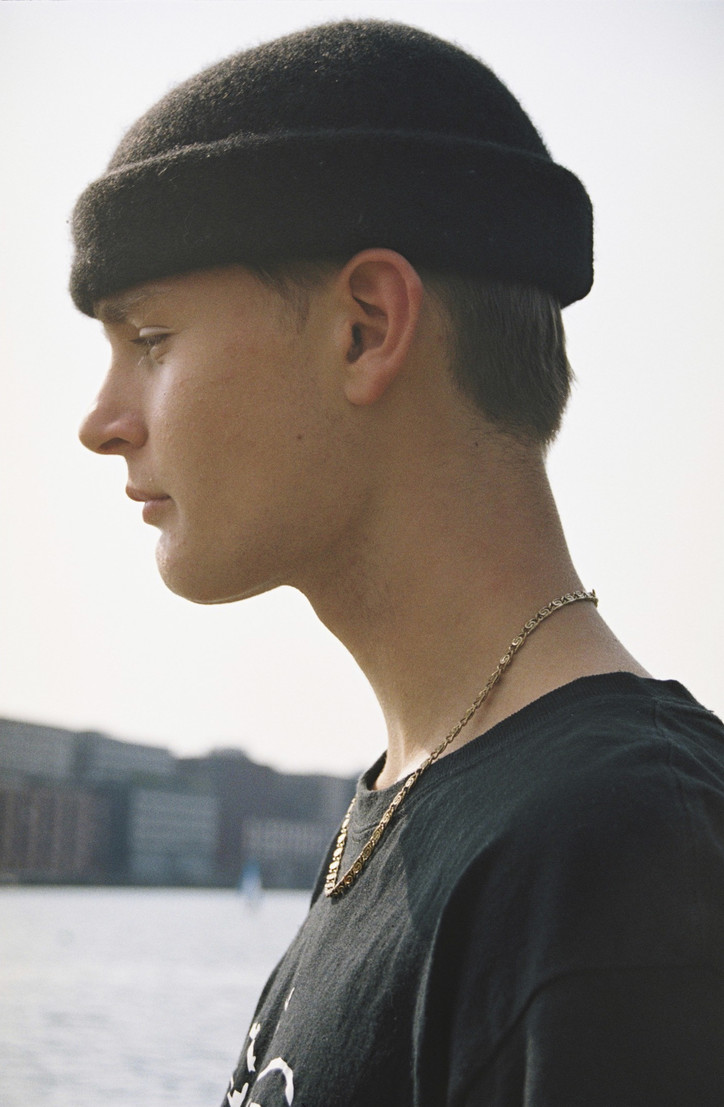
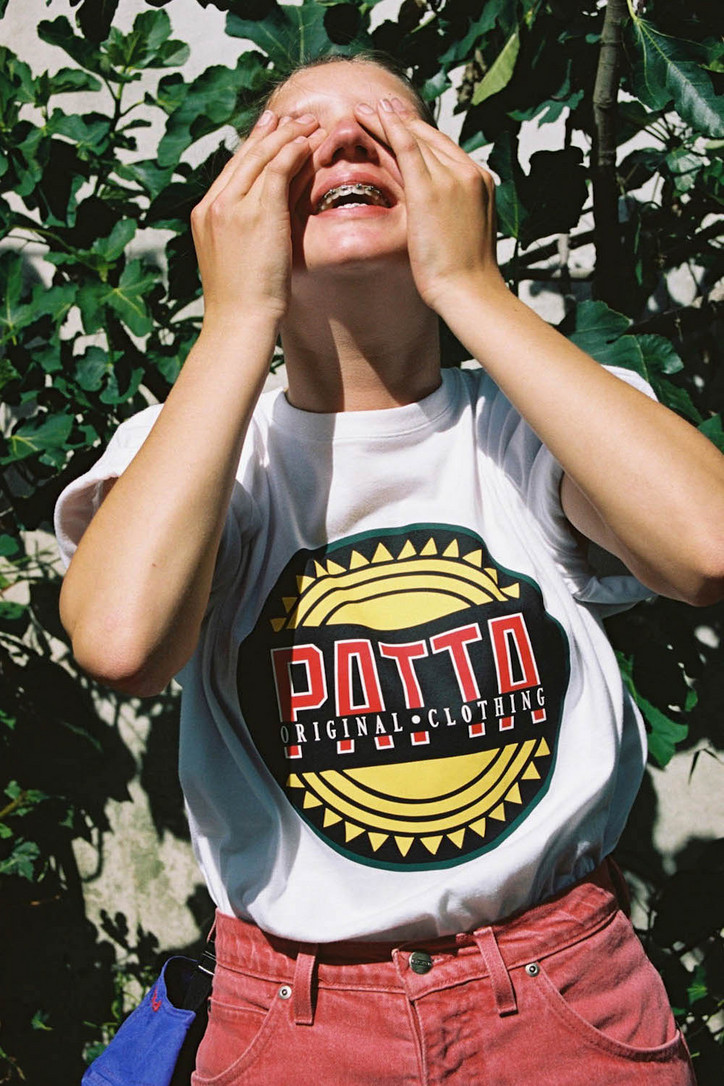
So how does that come across in the S/S2018 collection, were there any growing pains and arguments about that as it came into being.
In actuality, sometimes you have struggle collections, where people are like “I’m not sure if this is going to work,” but these last two collections when we had the group meeting, actually they were quite fluent. So there’s always logo pieces in there, but, because we went through a different factory, we also have a lot of focus on the quality of pieces. So the cotton is a better cotton, we have a little bit more technical pieces, a pullover jacket, the track suits are a level higher as in details and that kind of stuff. Obviously me, myself, I also like the graphic pieces that Vincent van de Waal (Creative/Artistic director of Patta) makes.
Are those like the all-over patterns?
It’s always a mix, so this time around we do allover prints of leafs, bullets and stripes, but you know, it’s a very wide collection. You can buy a T-shirt with a little P logo on it, or a small Patta logo, and then you can go into the regular collection that has prints, some louder stuff, the drawings from Vincent. What is very important to us is fit, colors. How much can you really talk about, when it’s streetwear? It’s still gonna be sweaters, T-shirts. However what you can do is just have really good consistency in taking really good colors, making sure the placements are right, making sure your typography is in check. Those are the type of things I notice when I look at other things.
Are there other brands that inspire you at the moment?
You know, when you do it you try to make it exciting for yourself, so what we try to do is curate our own taste with whoever we work with. So we made a T-shirt with Sampha, we love his music, we love his album. But at the same time we can also do a project with Oko [Ebombo], a smaller artist from Paris who has been a friend for multiple years. We do work with Dutch hip hop, with Dana Lixenberg, a Dutch photographer. We try to interconnect all those things into this hub of, I guess…taste.
Culture.
Culture—we don’t want to use that word too loosely, because people tend to grab it pretty easily, but for me that’s very important. There always have to be injections of your interest.
What’s the significance of the name, Patta?
The significance is Surinam, actually. The founders, so me and Edson, we both have a Surinamese background. So the Surinamese word Patta means shoe. We started as a sneaker store, right? We sold brands of friends, we sold A New York Thing early, we sold J. Money, those types of little brands from friends that were here, and that’s kind of what we still do, but it all started with the shoe. And it sounds nice. It doesn’t resonate to other people as “shoe,” but it’s street slang in the Netherlands, everybody uses it. It doesn’t necessarily have to be a Surinamese guy—the Moroccan, the white kid, everybody knows that the Patta is the shoe.
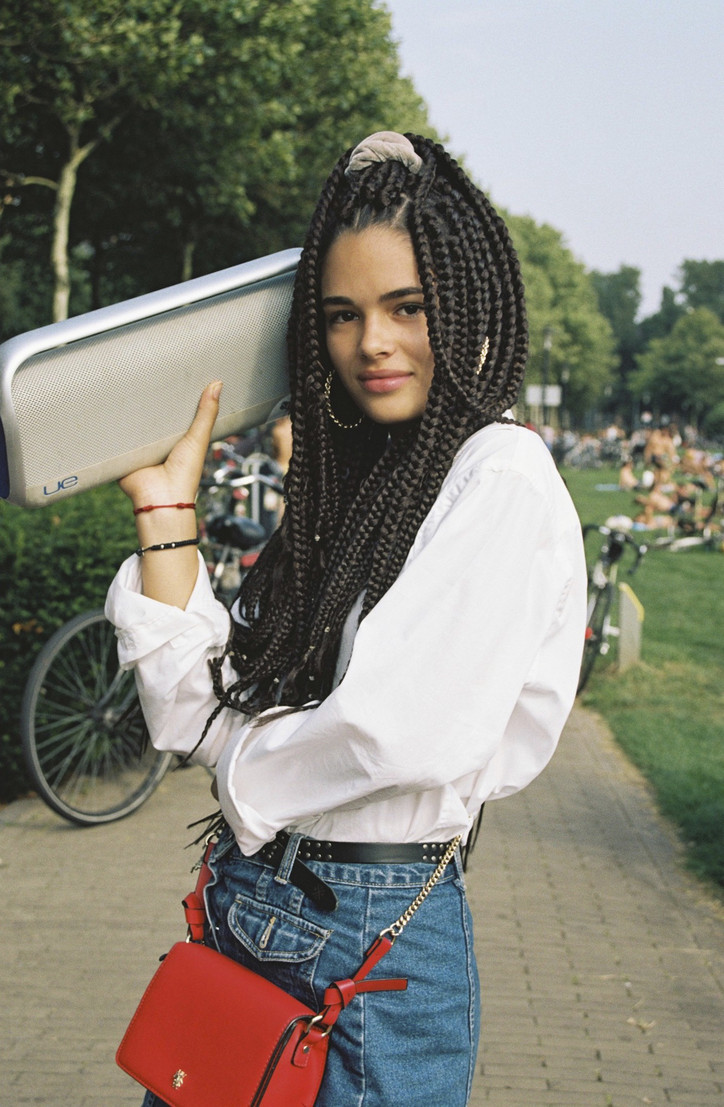
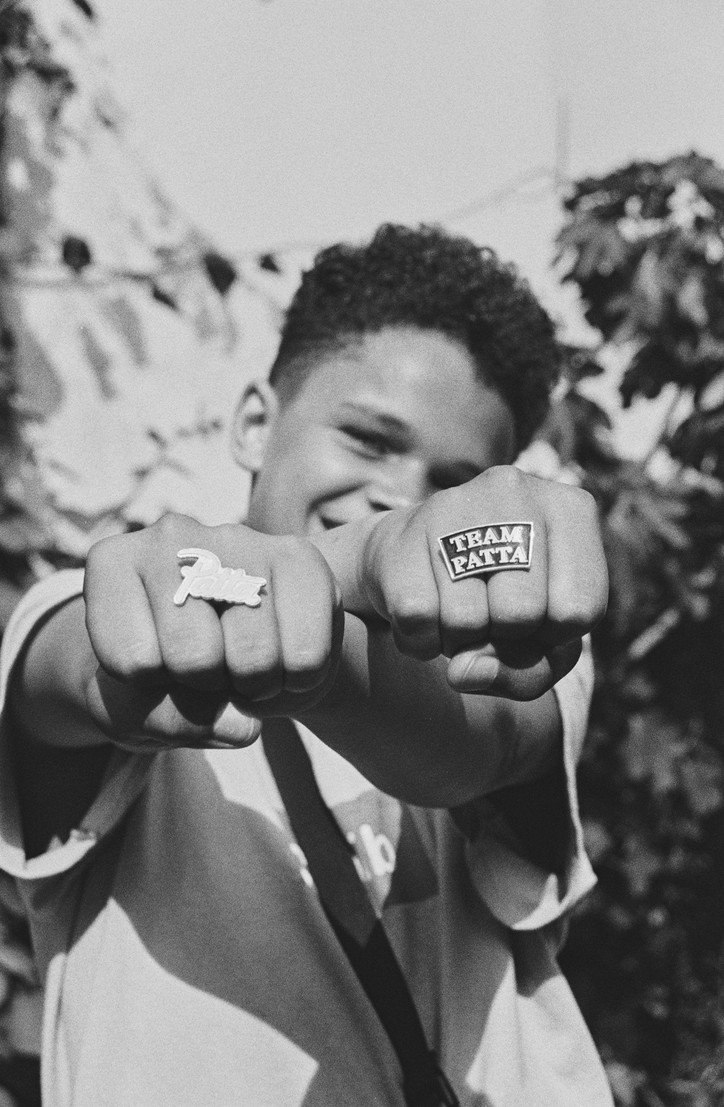
Lastly, I’m curious about what’s up next. Any new collabs in the works, or anything coming up that you’re excited about? Whatever you can tell us, if it’s not too confidential…
[laughs] Yeah we’ve definitely got some big bangers in the works for 2018, which people are gonna be psyched about. We’ve still got a couple of things coming for this year, there are new Vans coming out, there’s a pop-up tour in Asia, Bangkok, Shanghai, Tokyo, Seoul. That’s gonna be an adventure, in November. We’re gonna do something with our musical friends from London, a capsule. So loads of stuff, more Mephisto stuff is coming. So yeah. We’ve got some good heaters.
* Lotte Van Raalte's ongoing project explores the way kids perceive and dress themselves. Stay up to date by following her on instagram.
